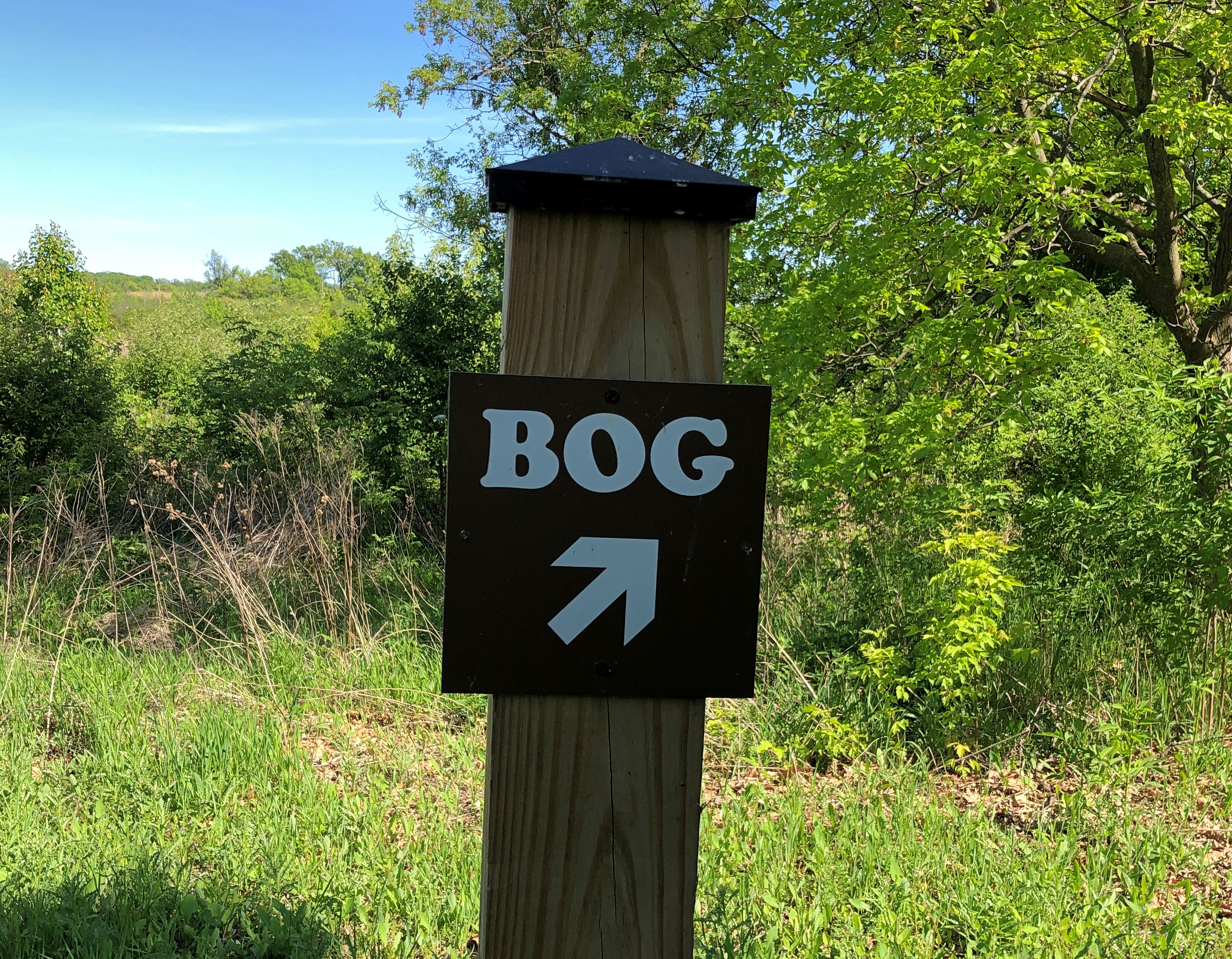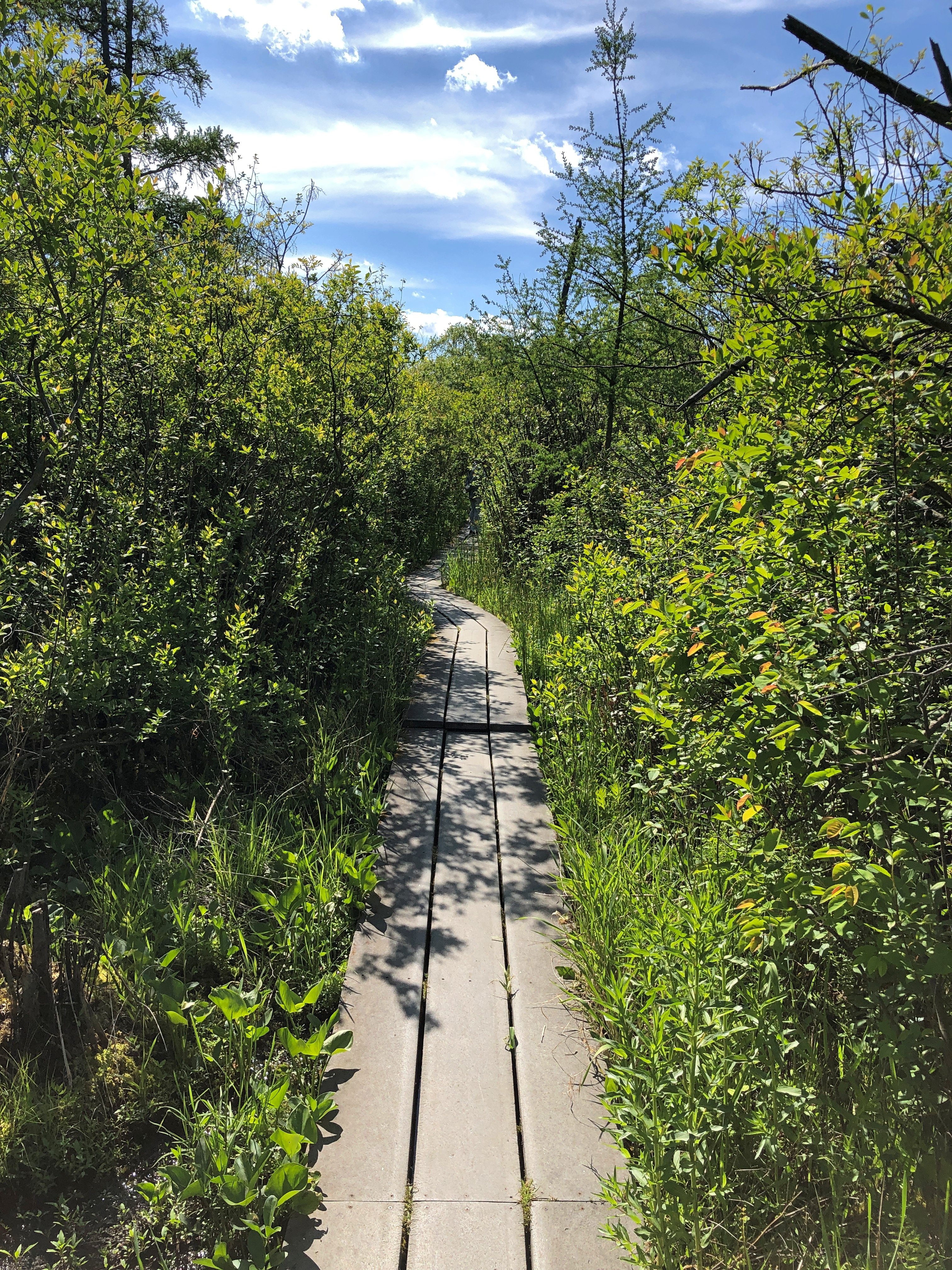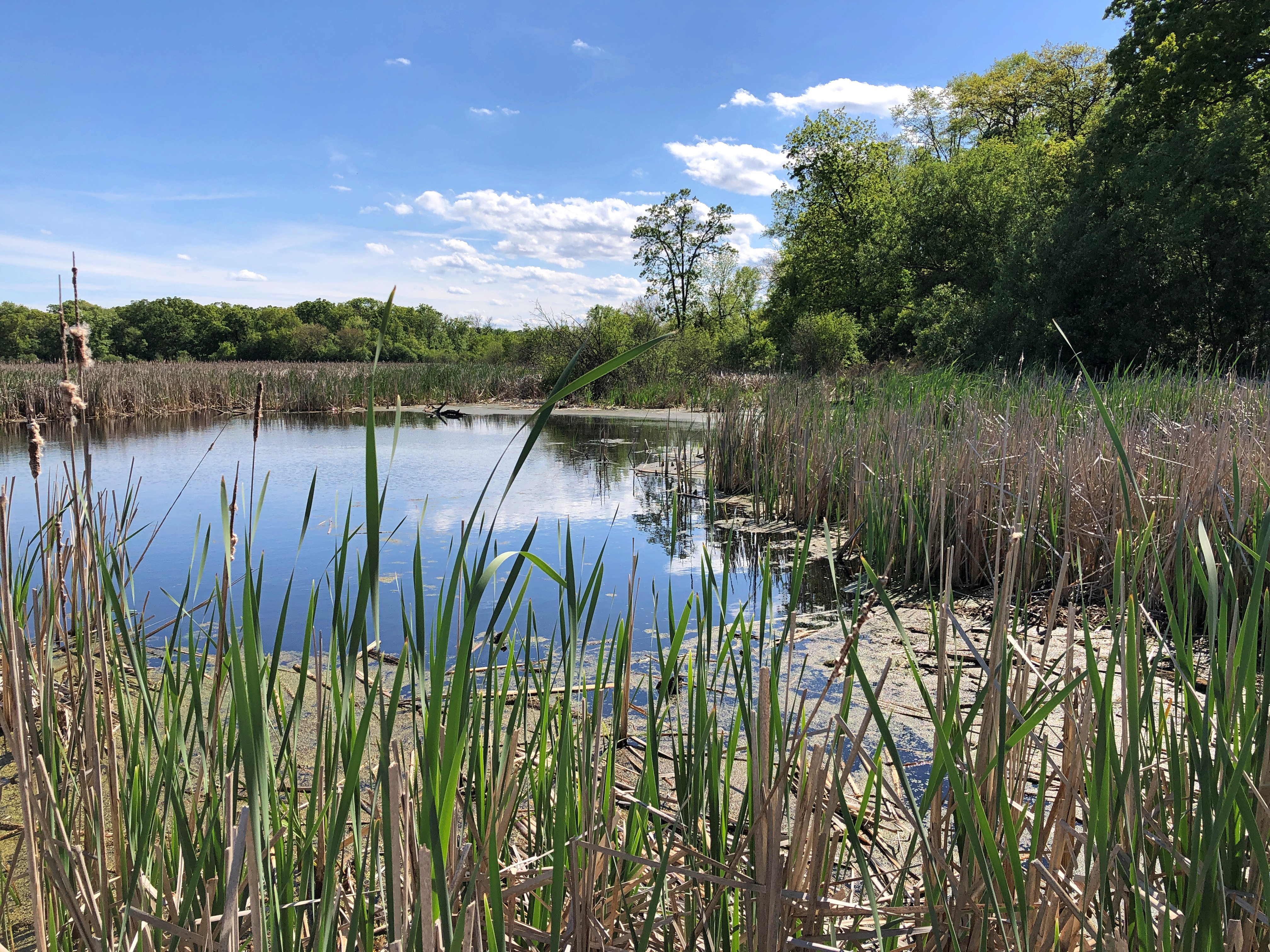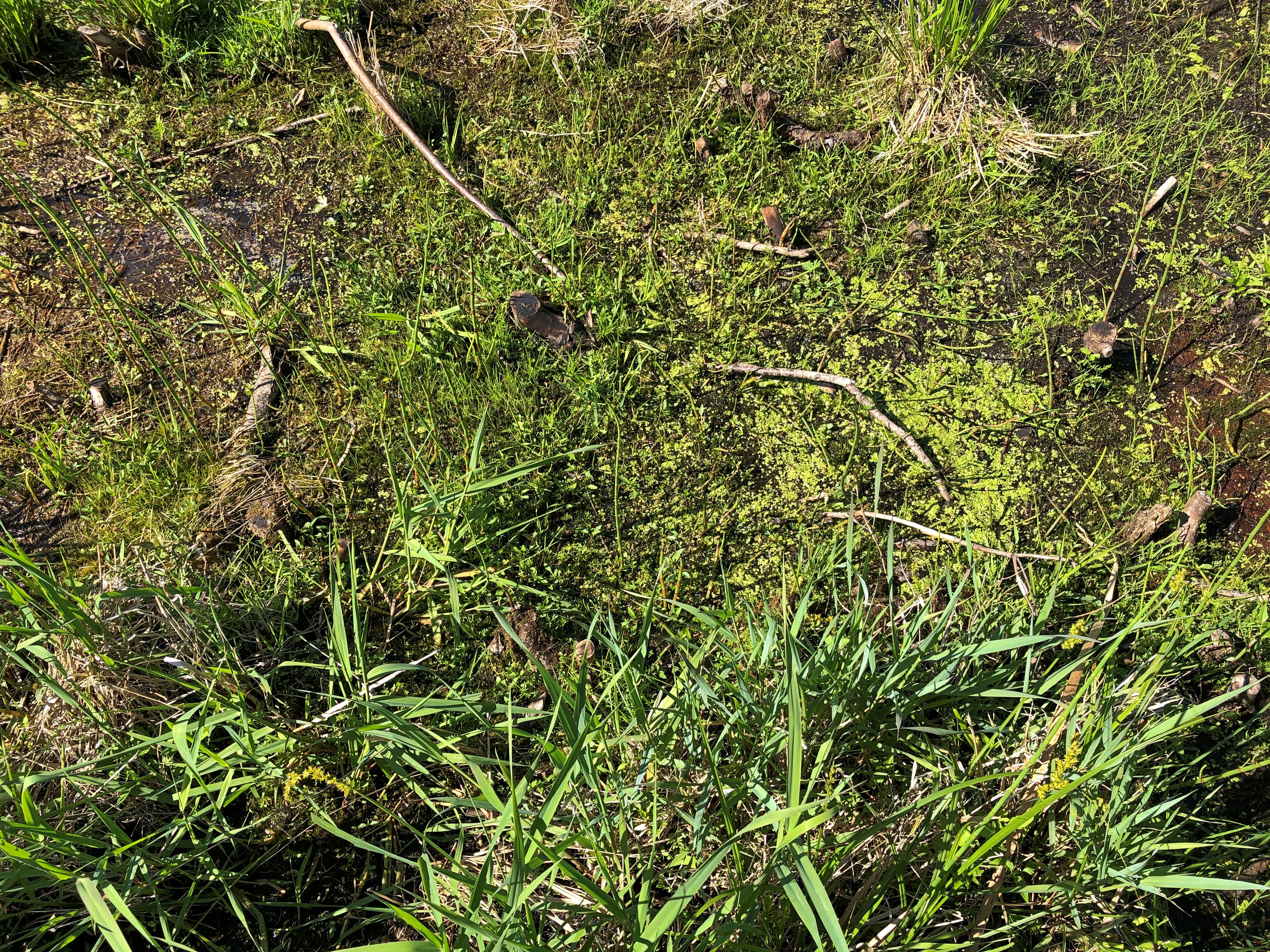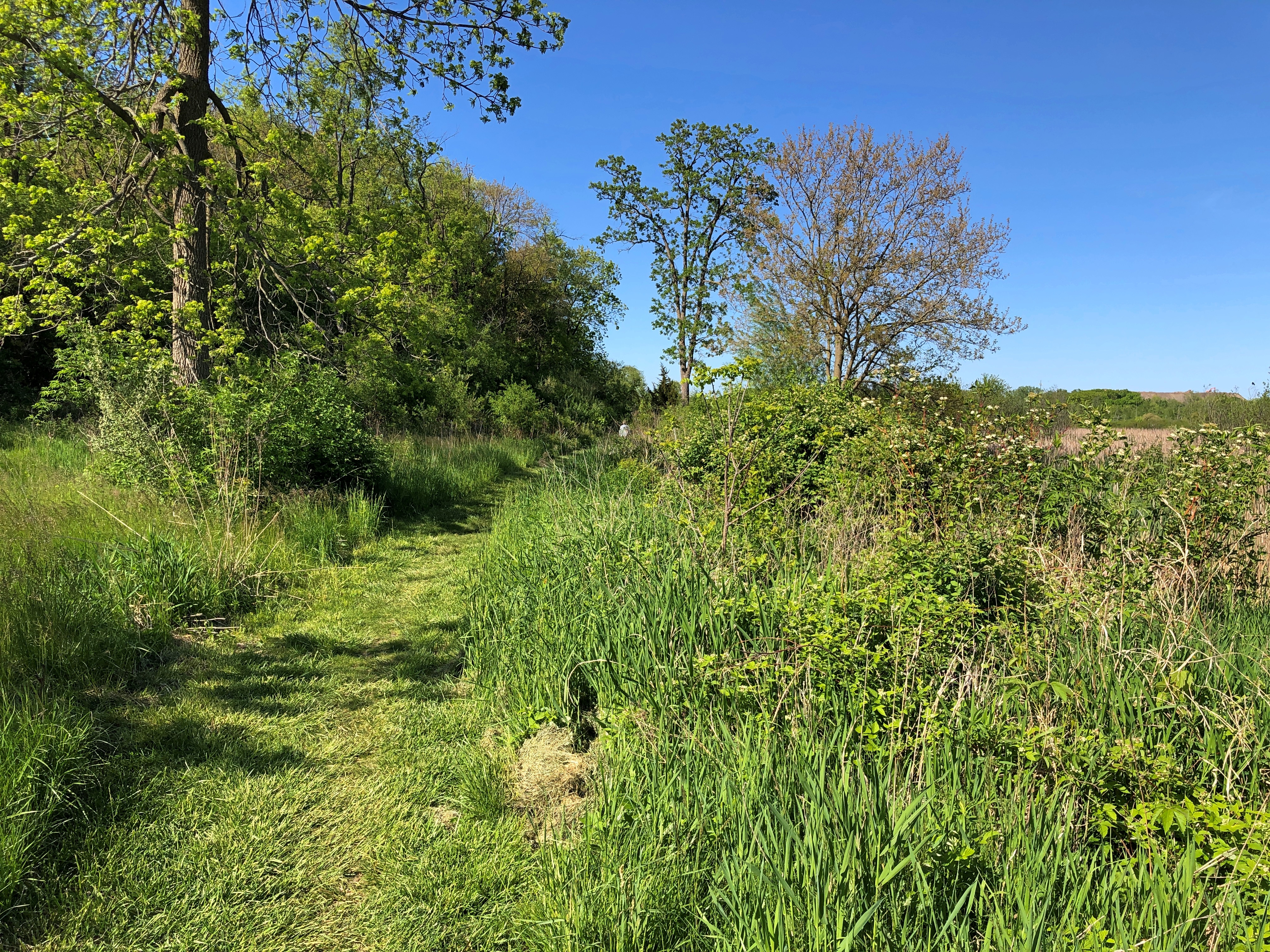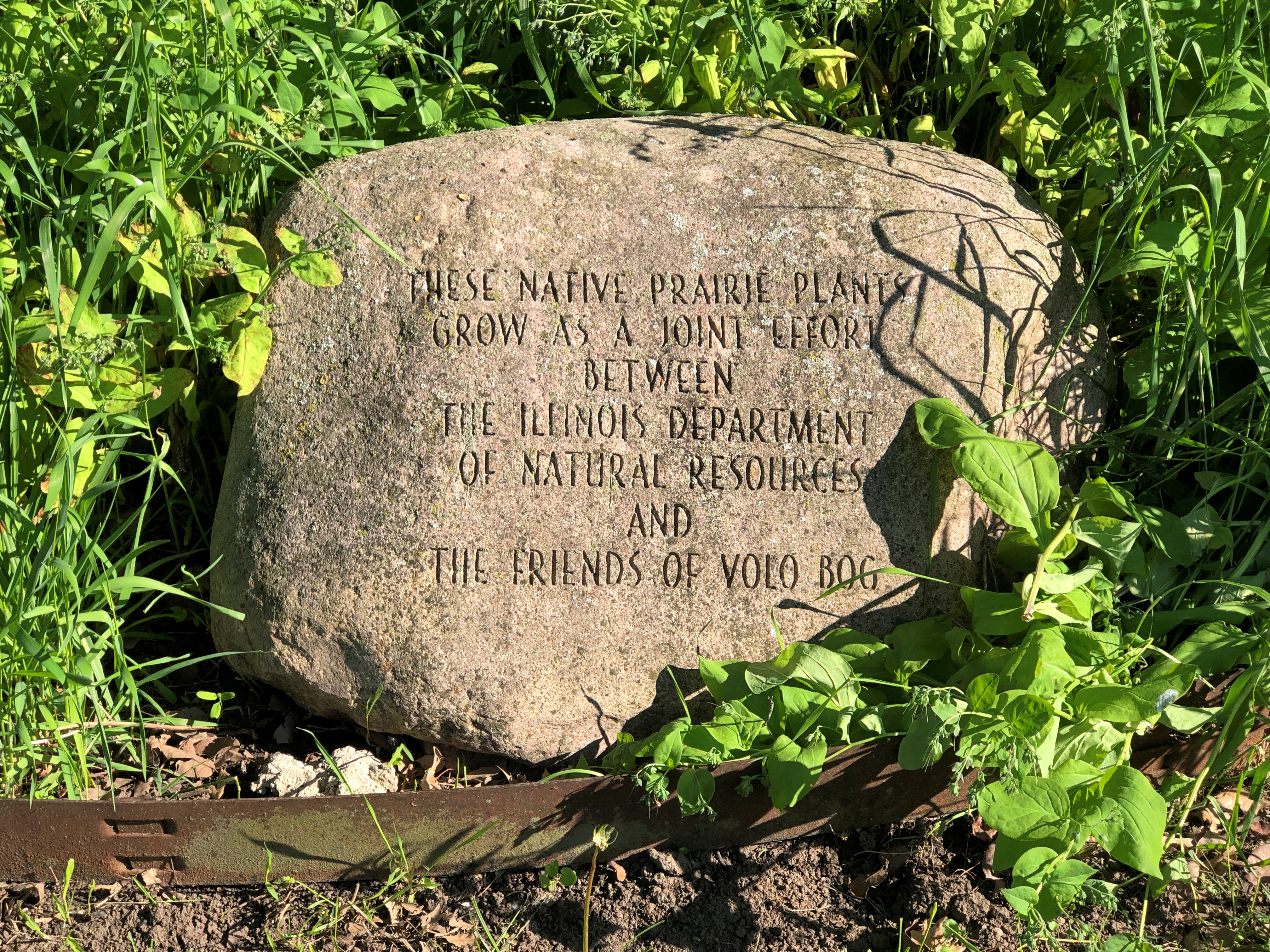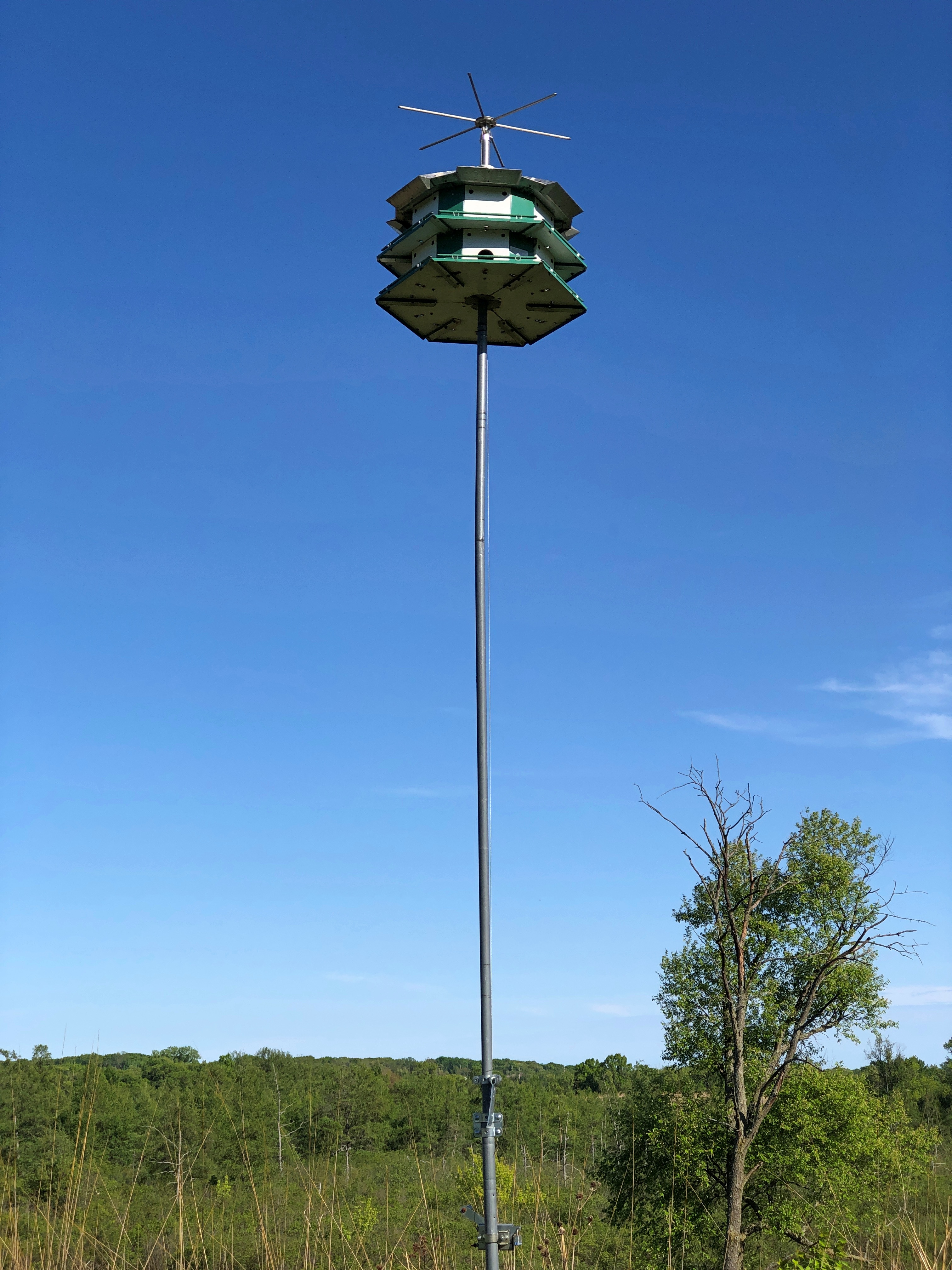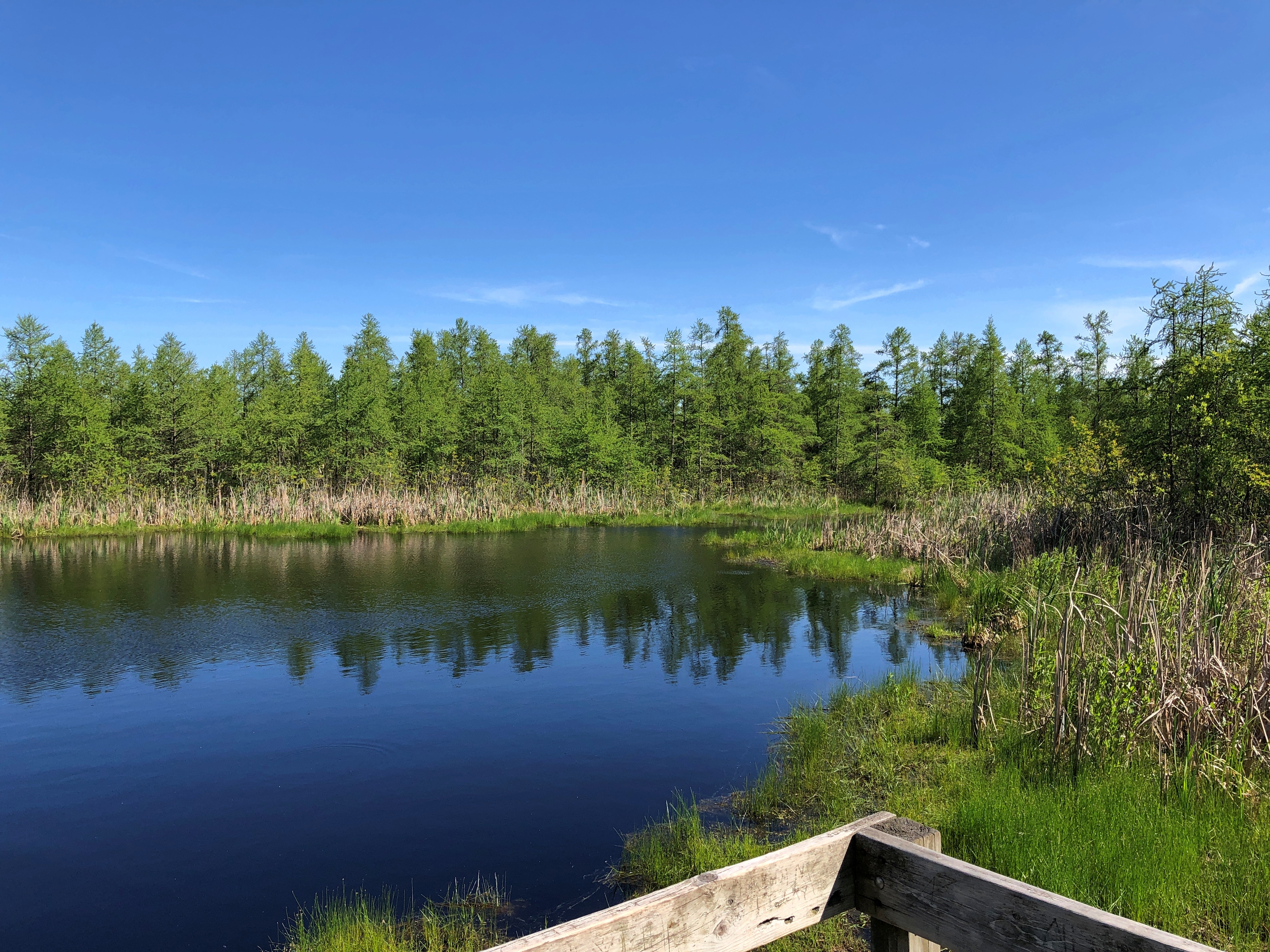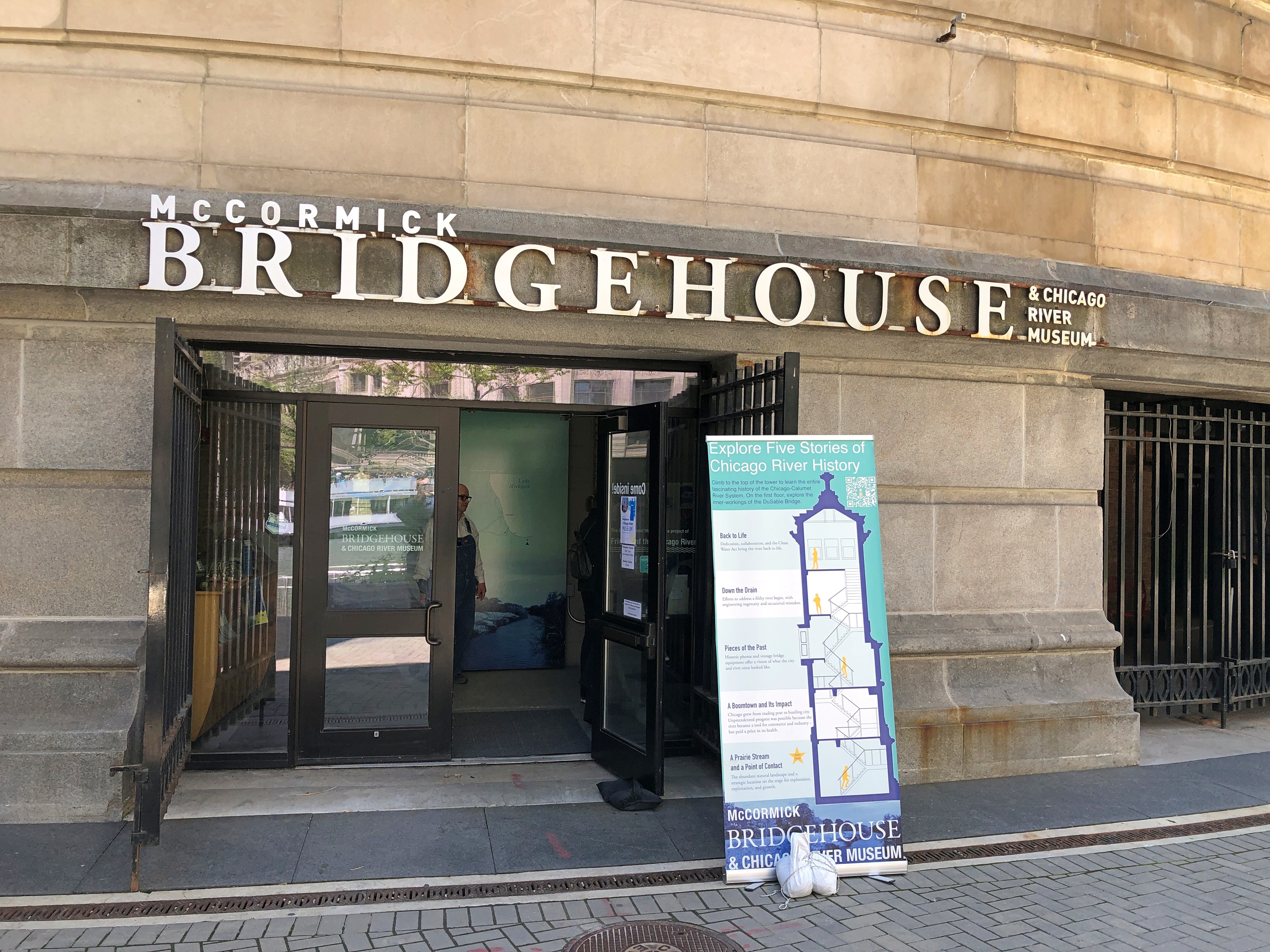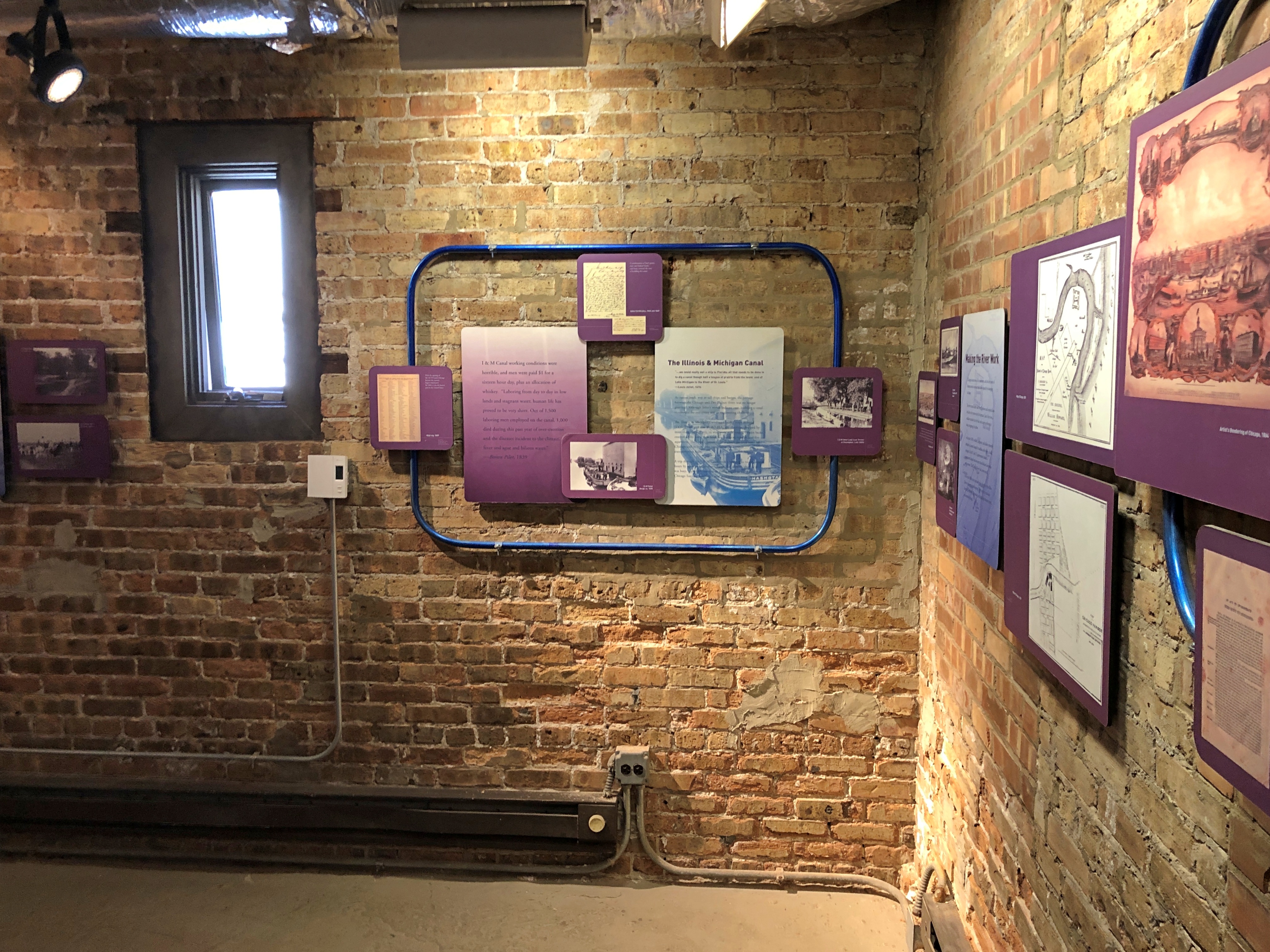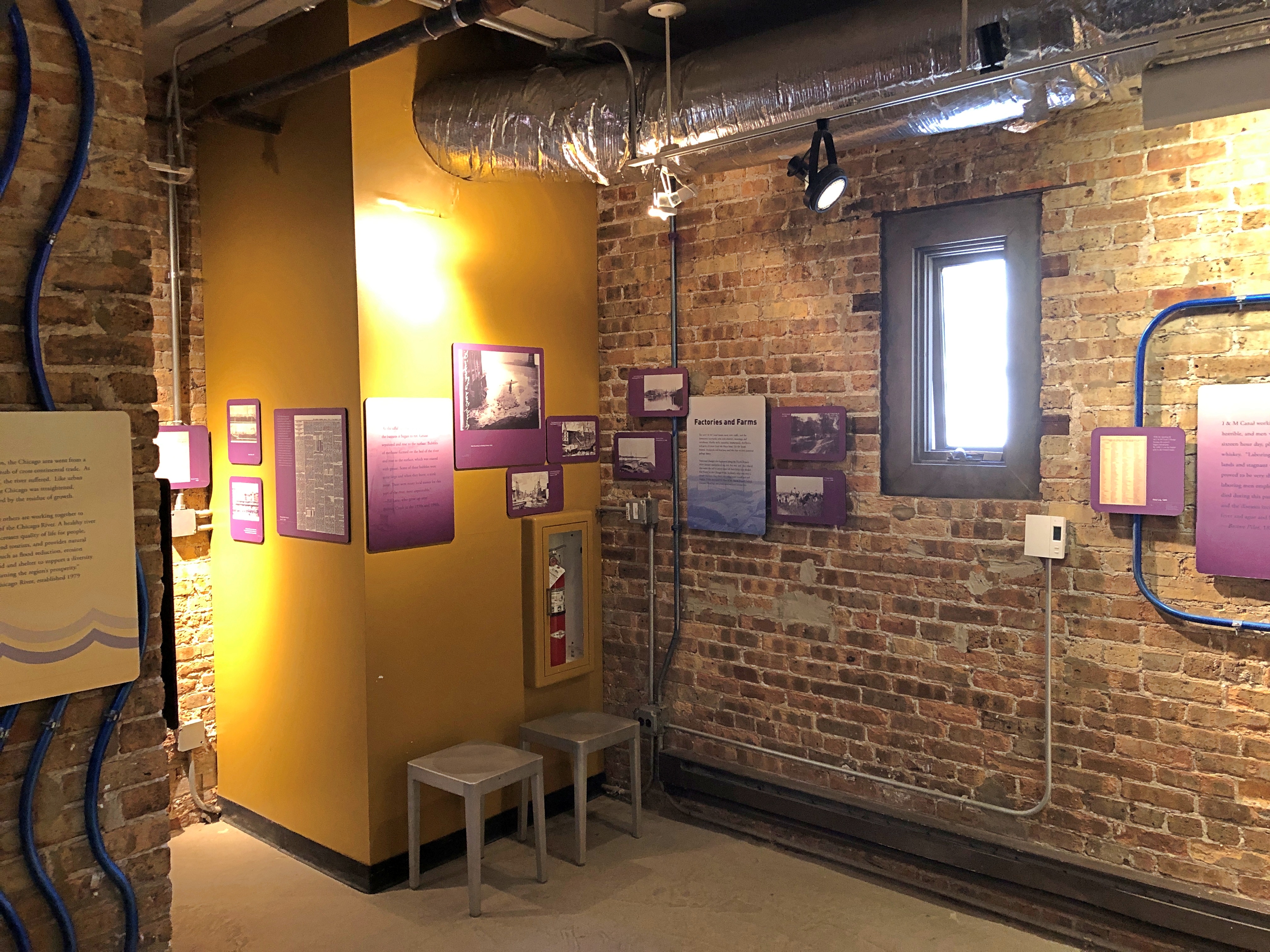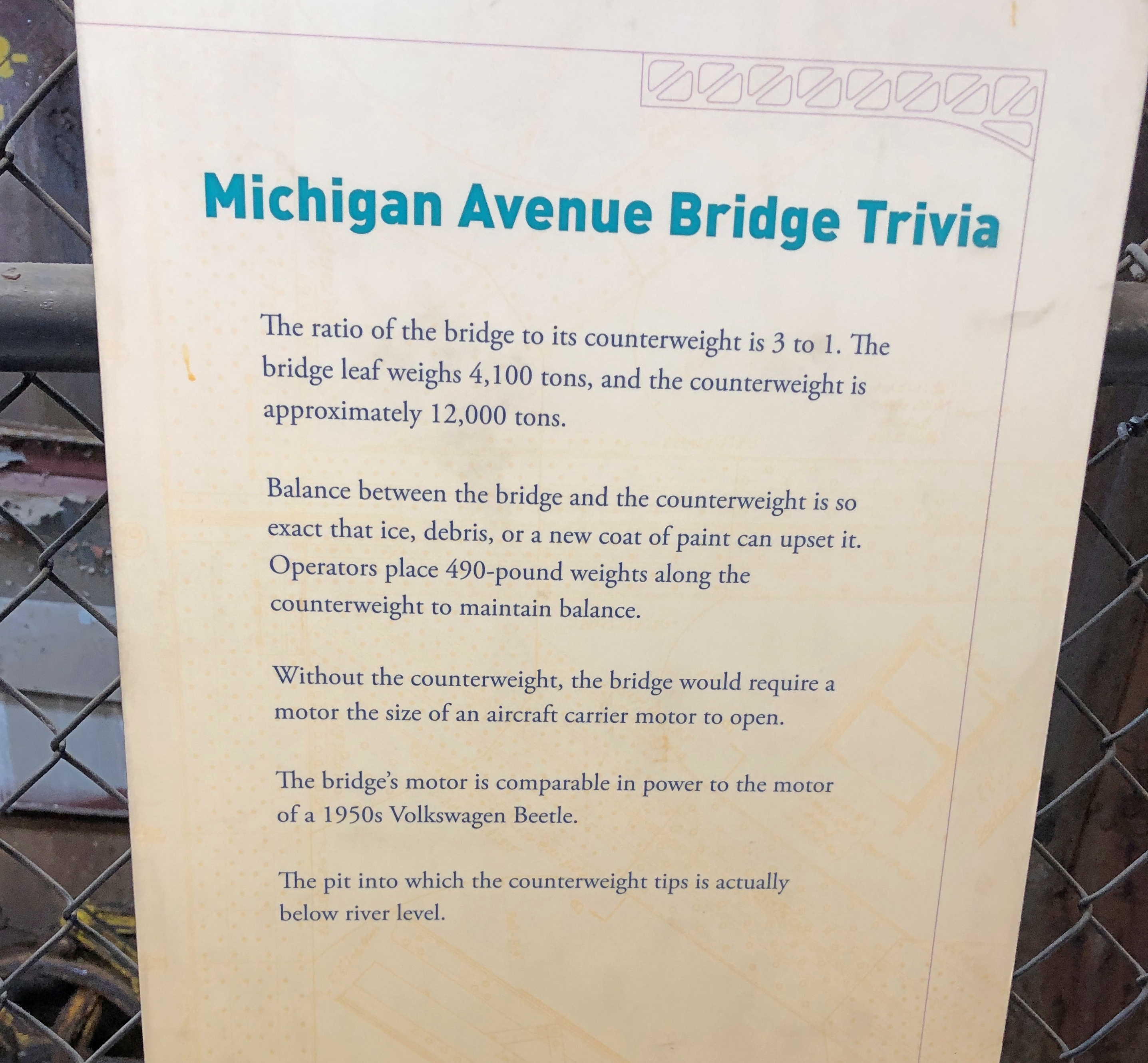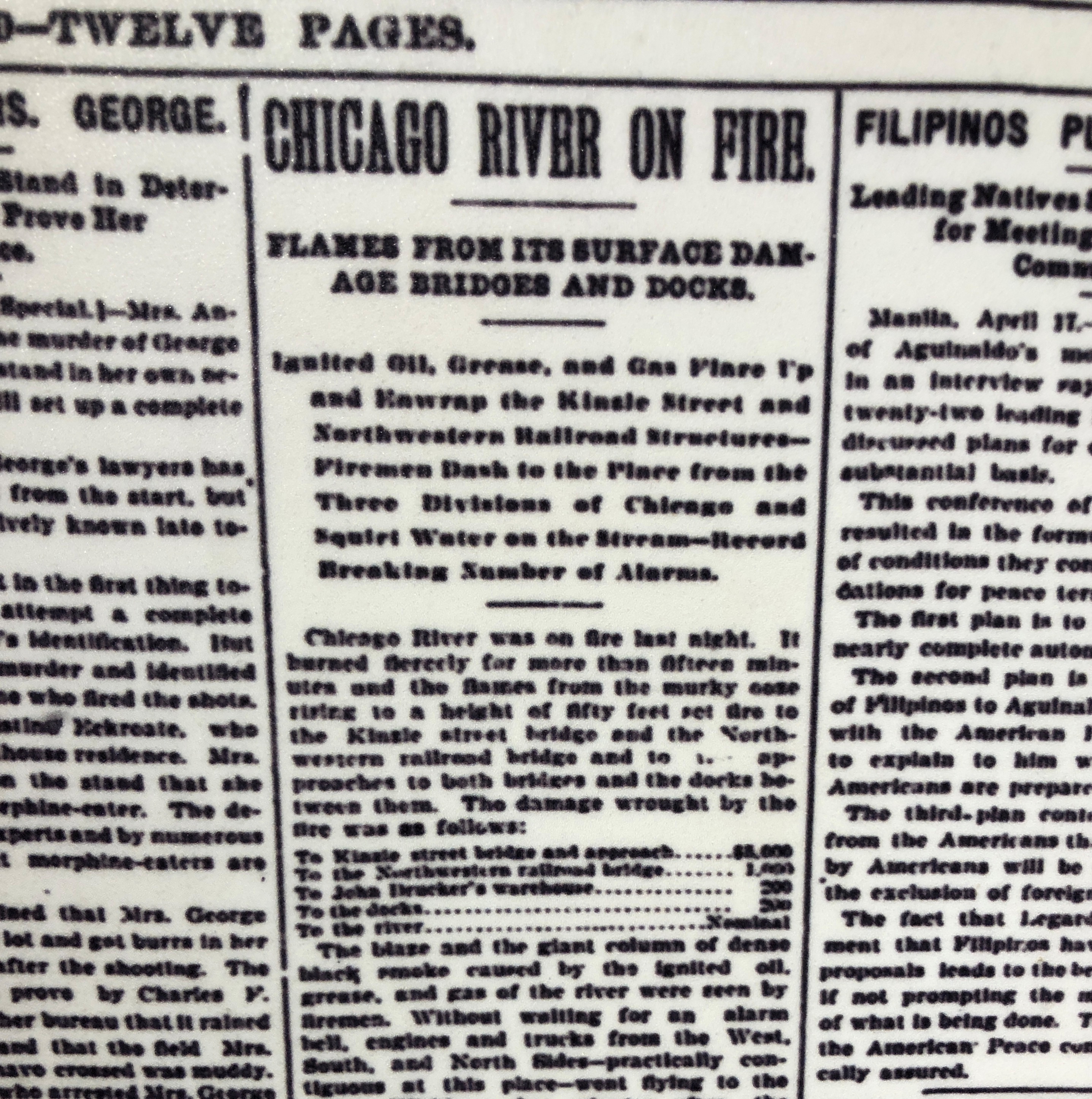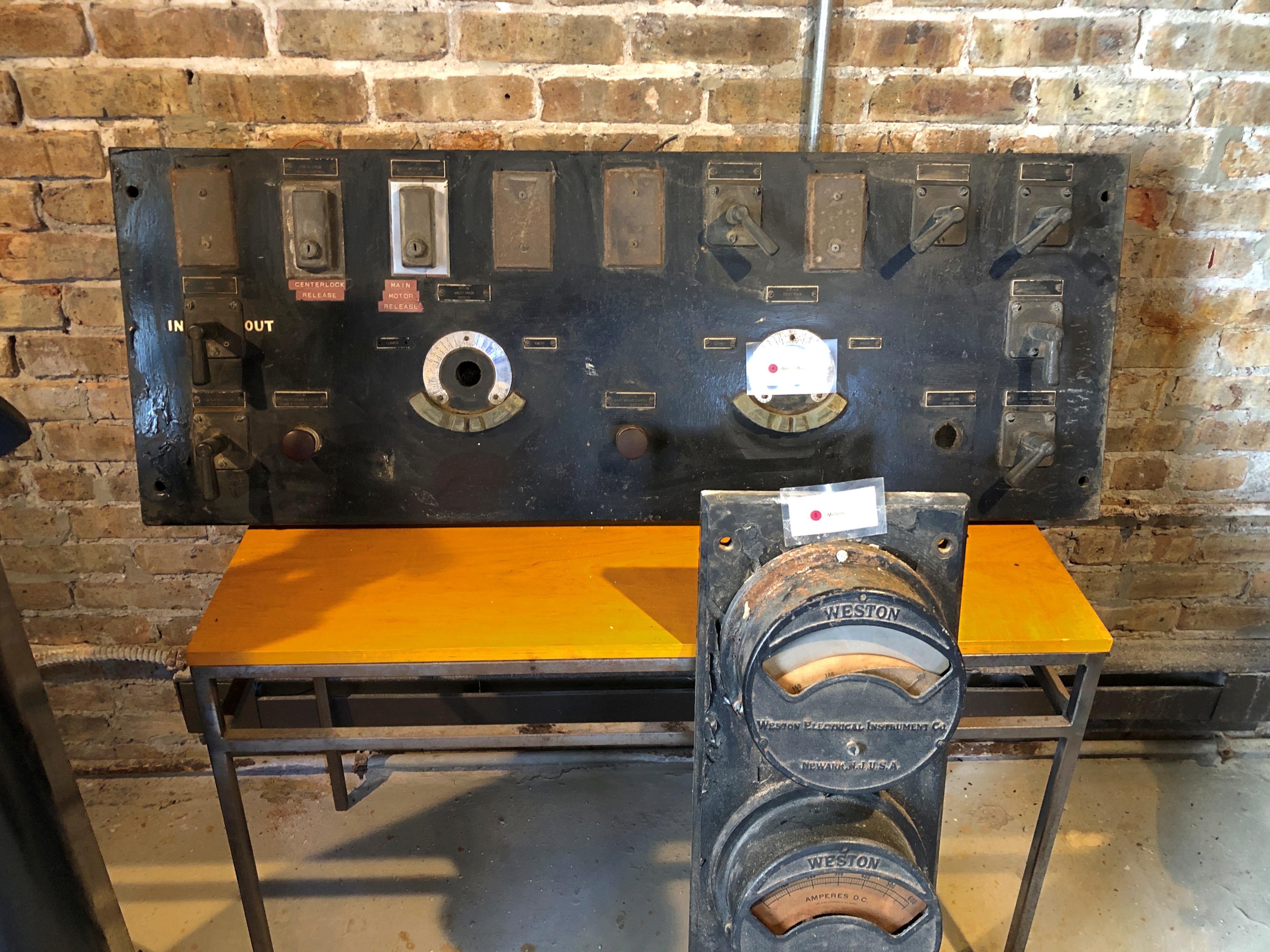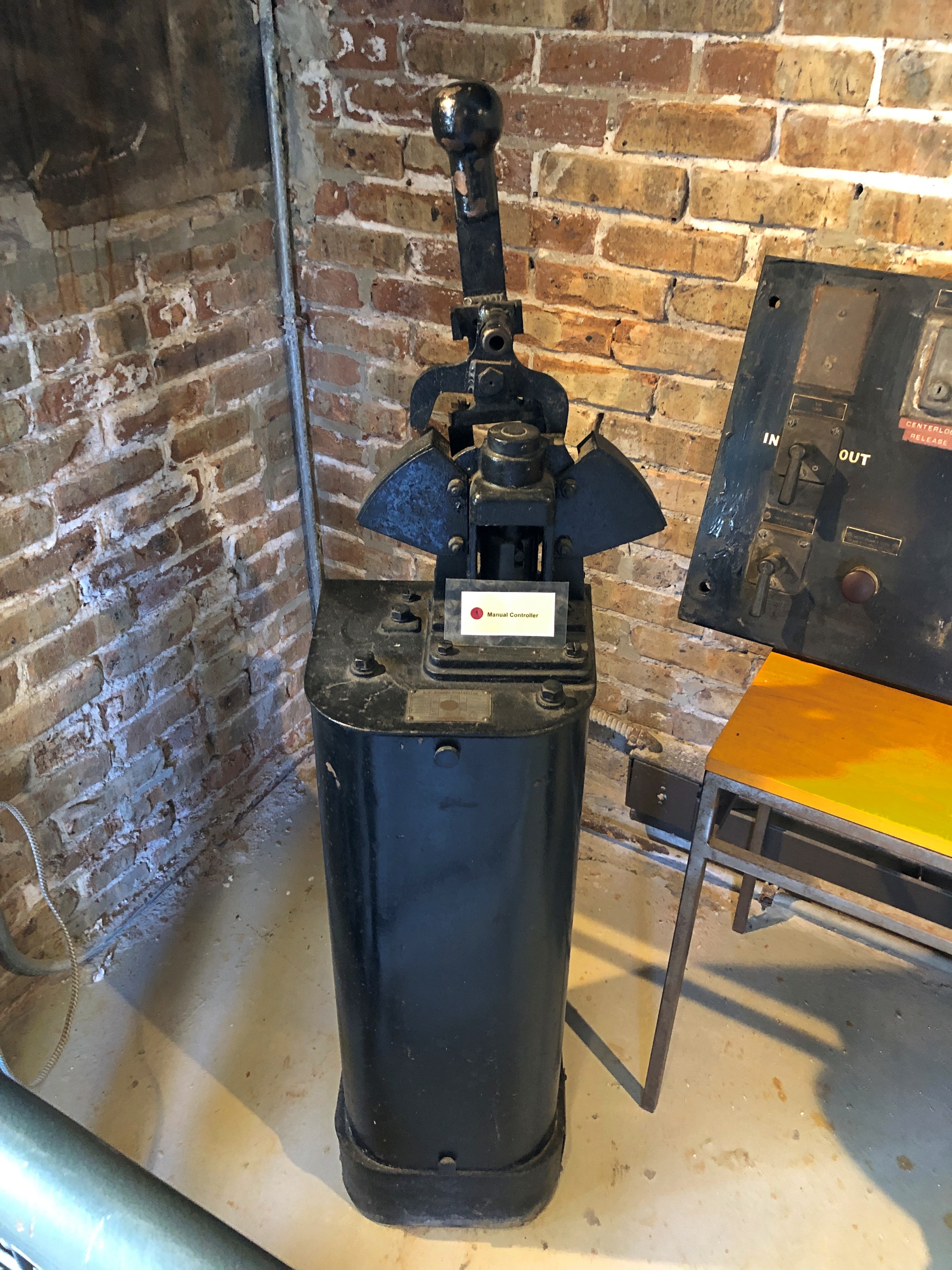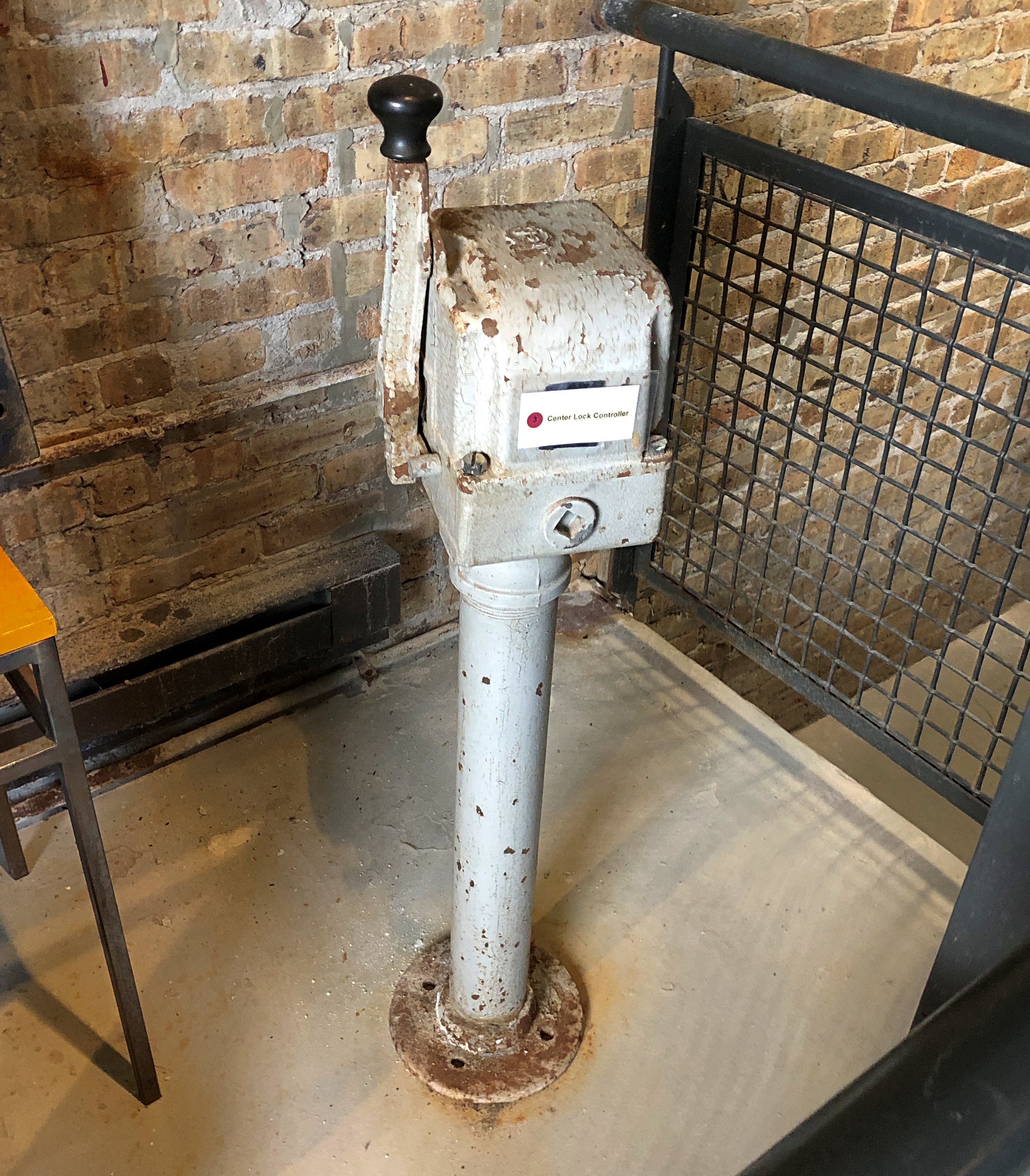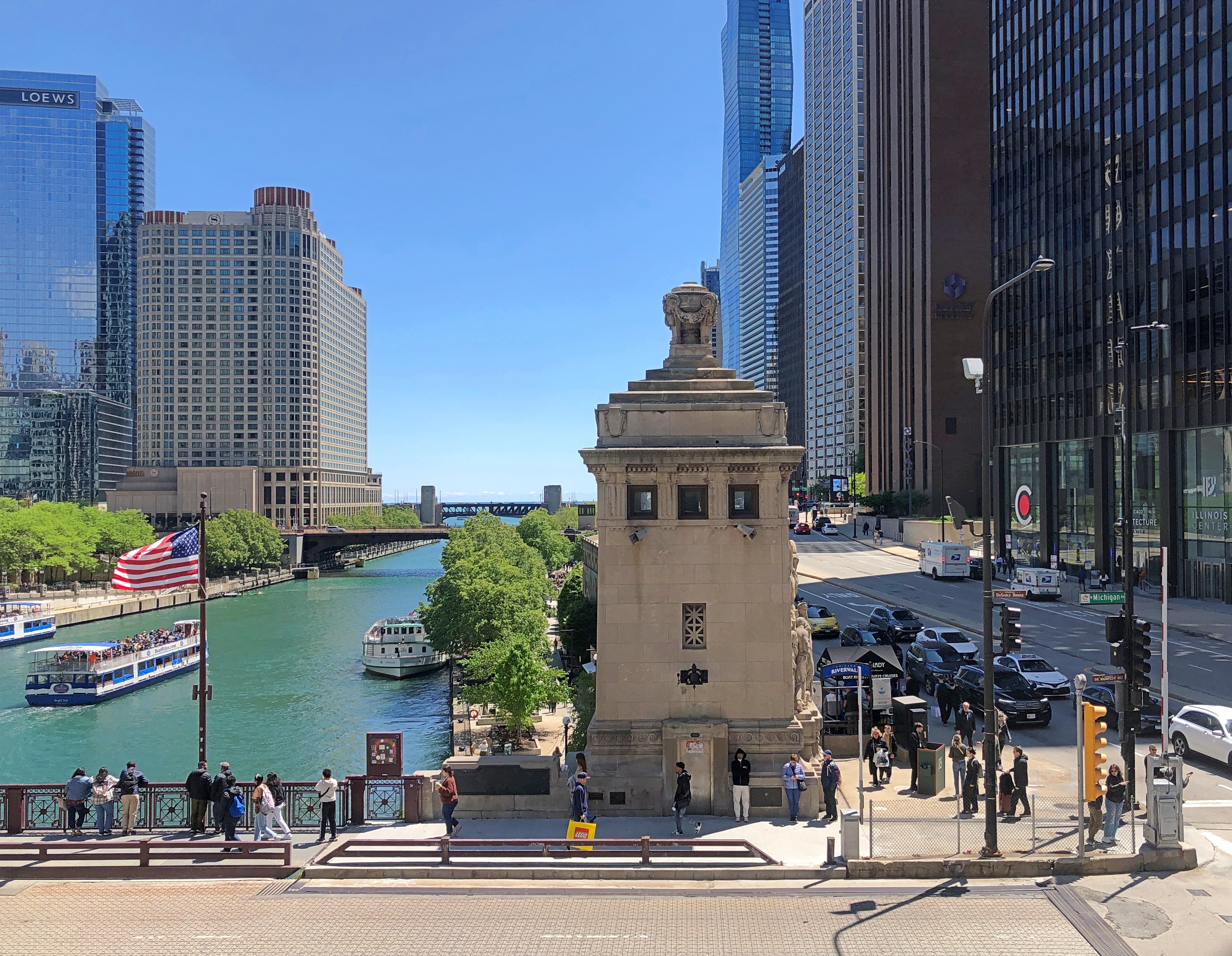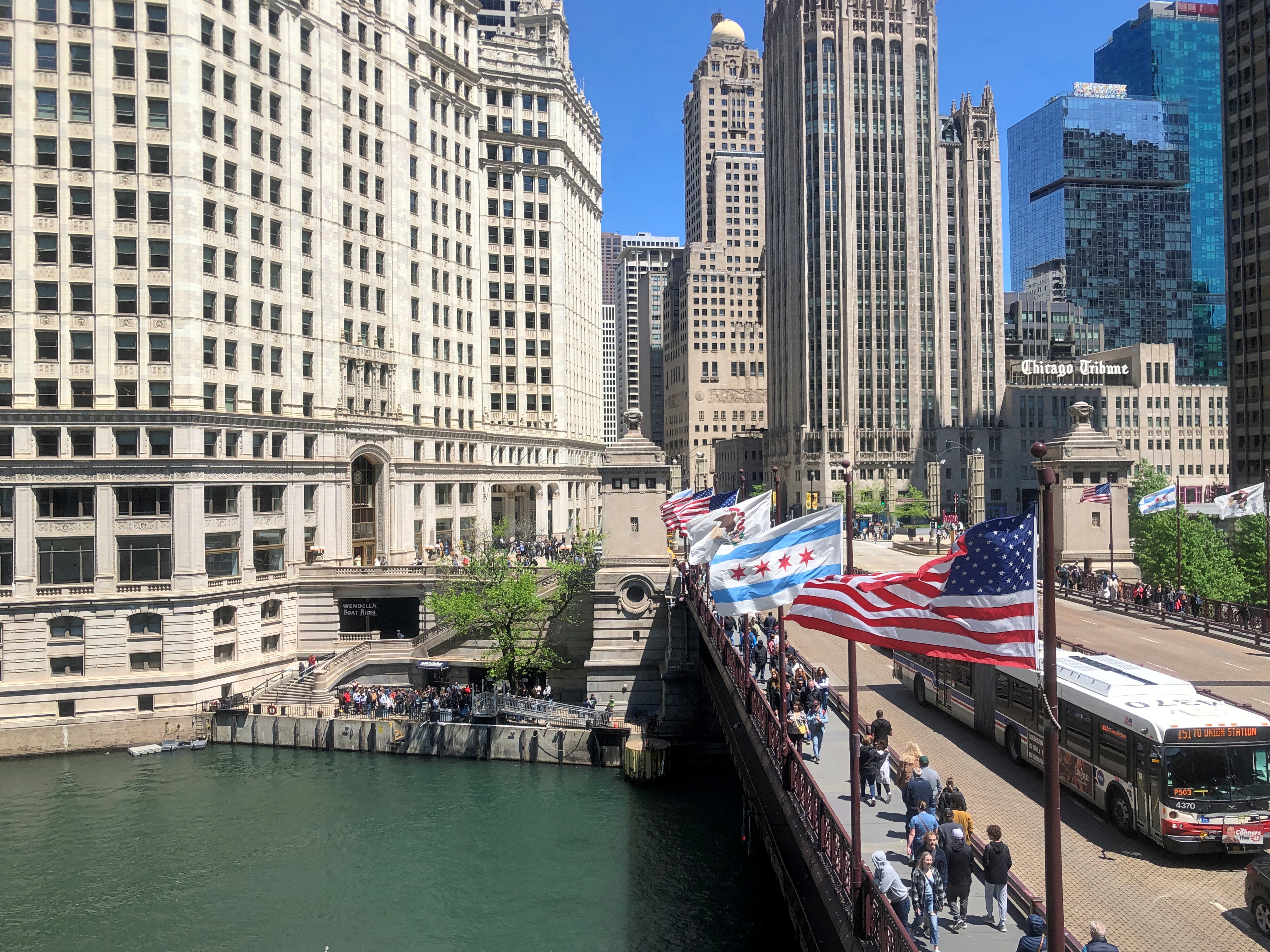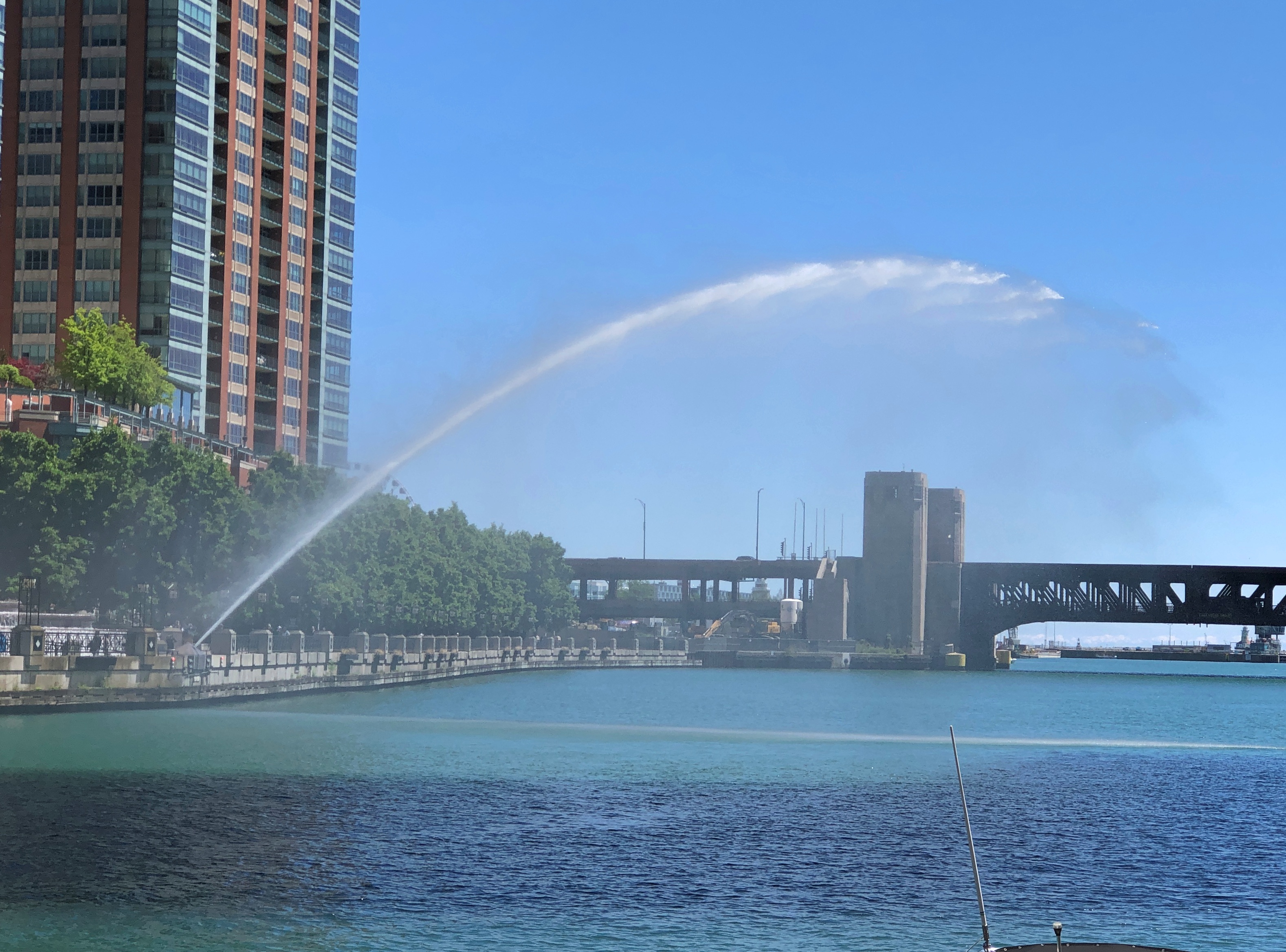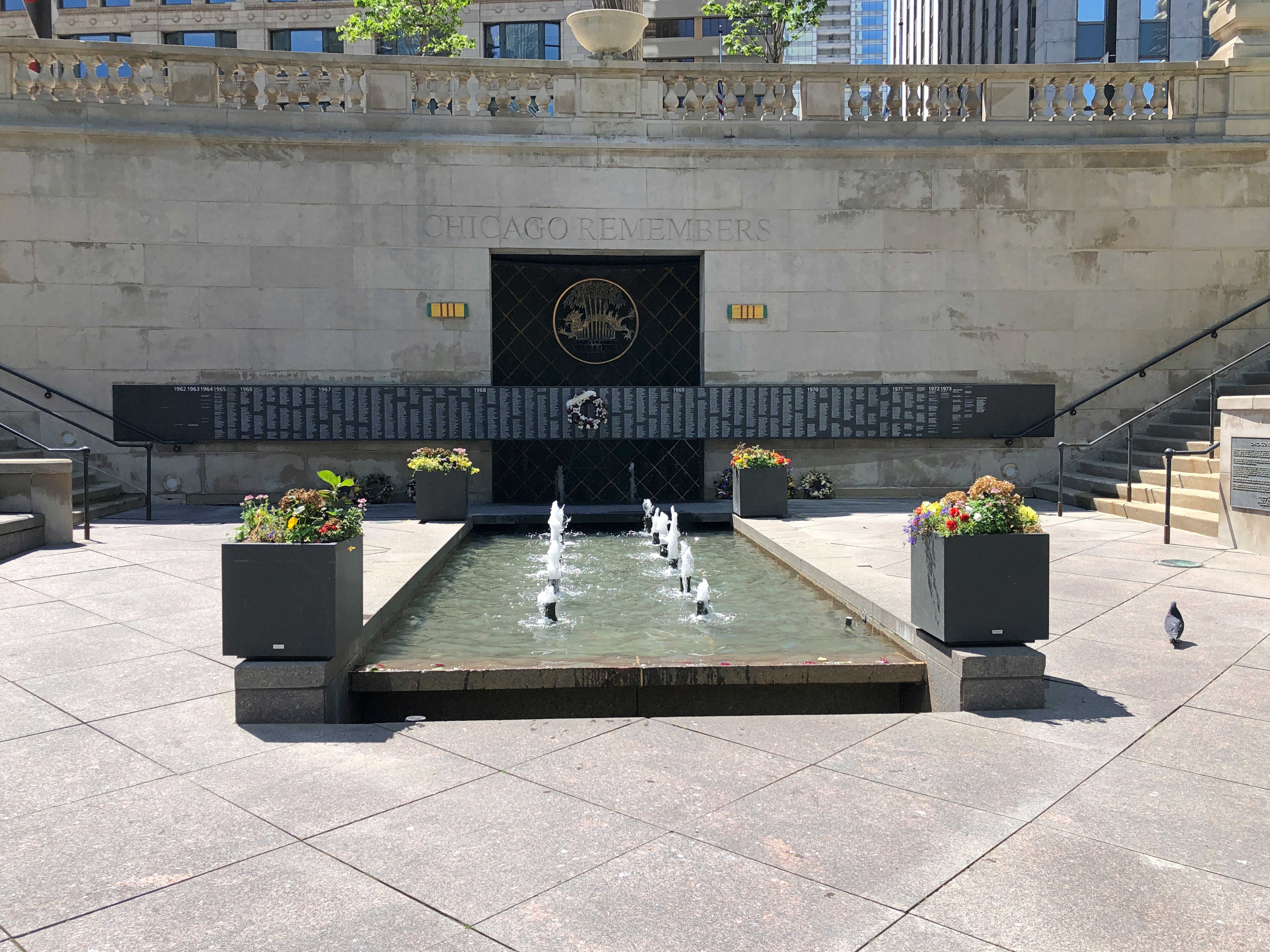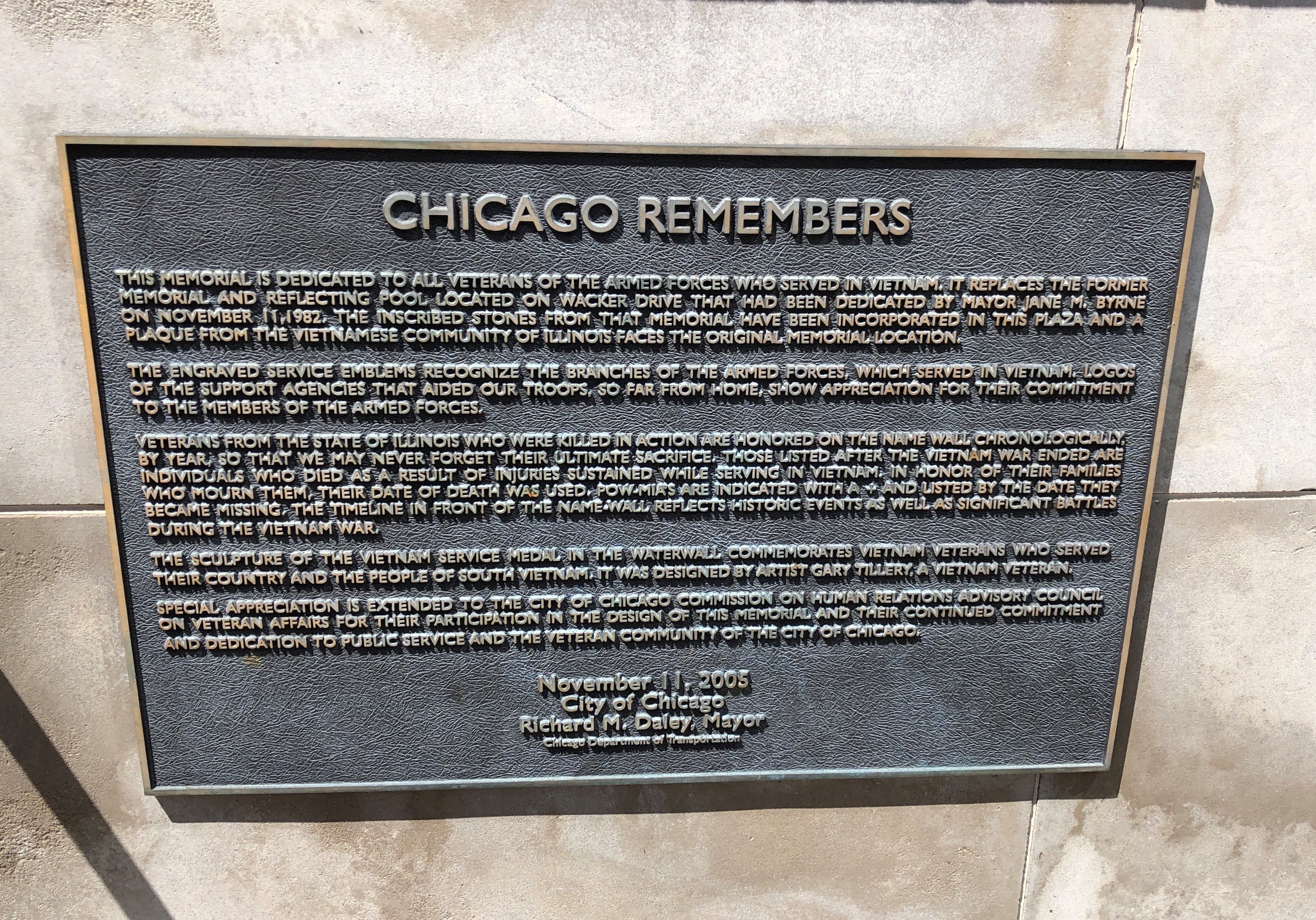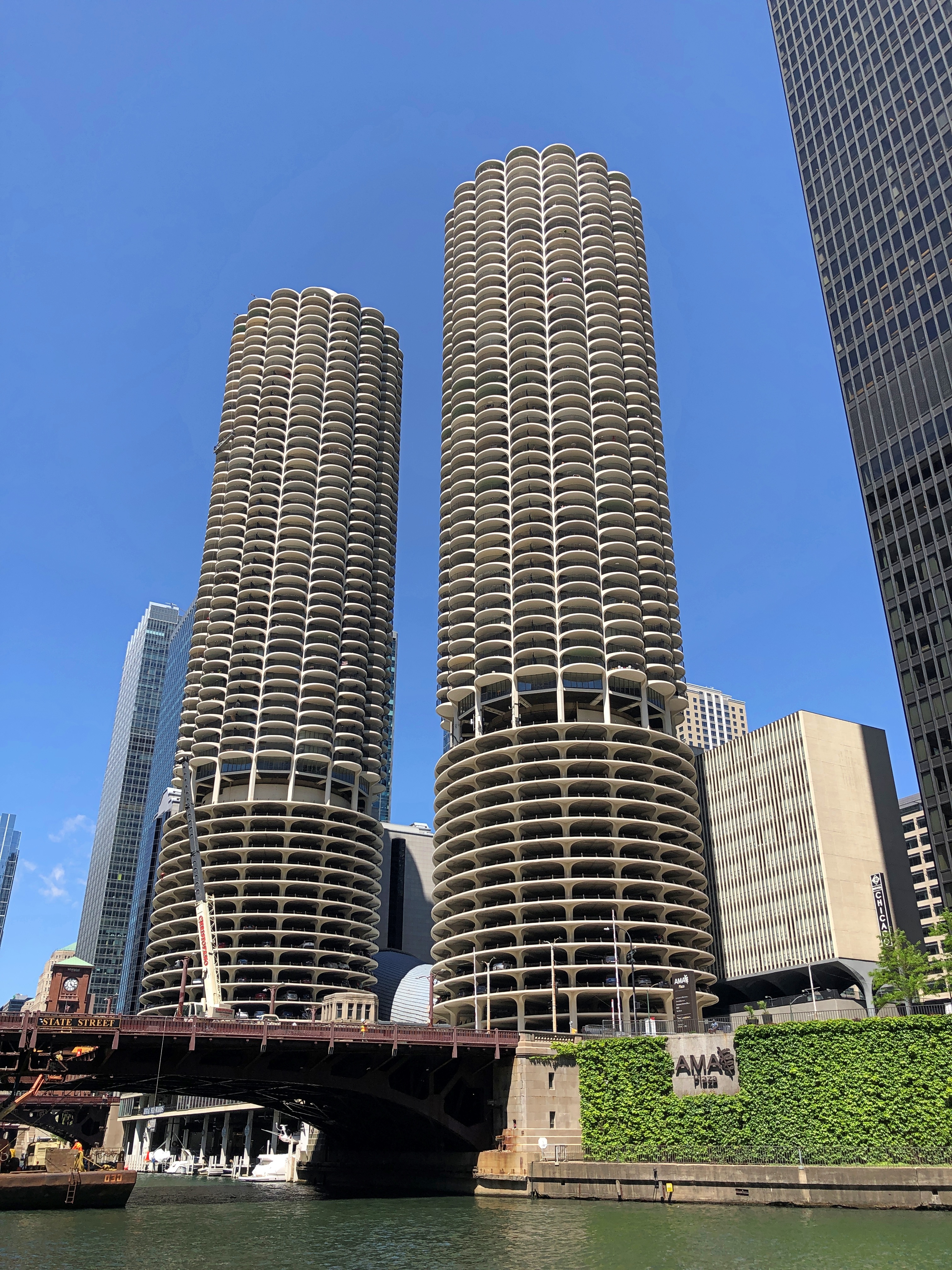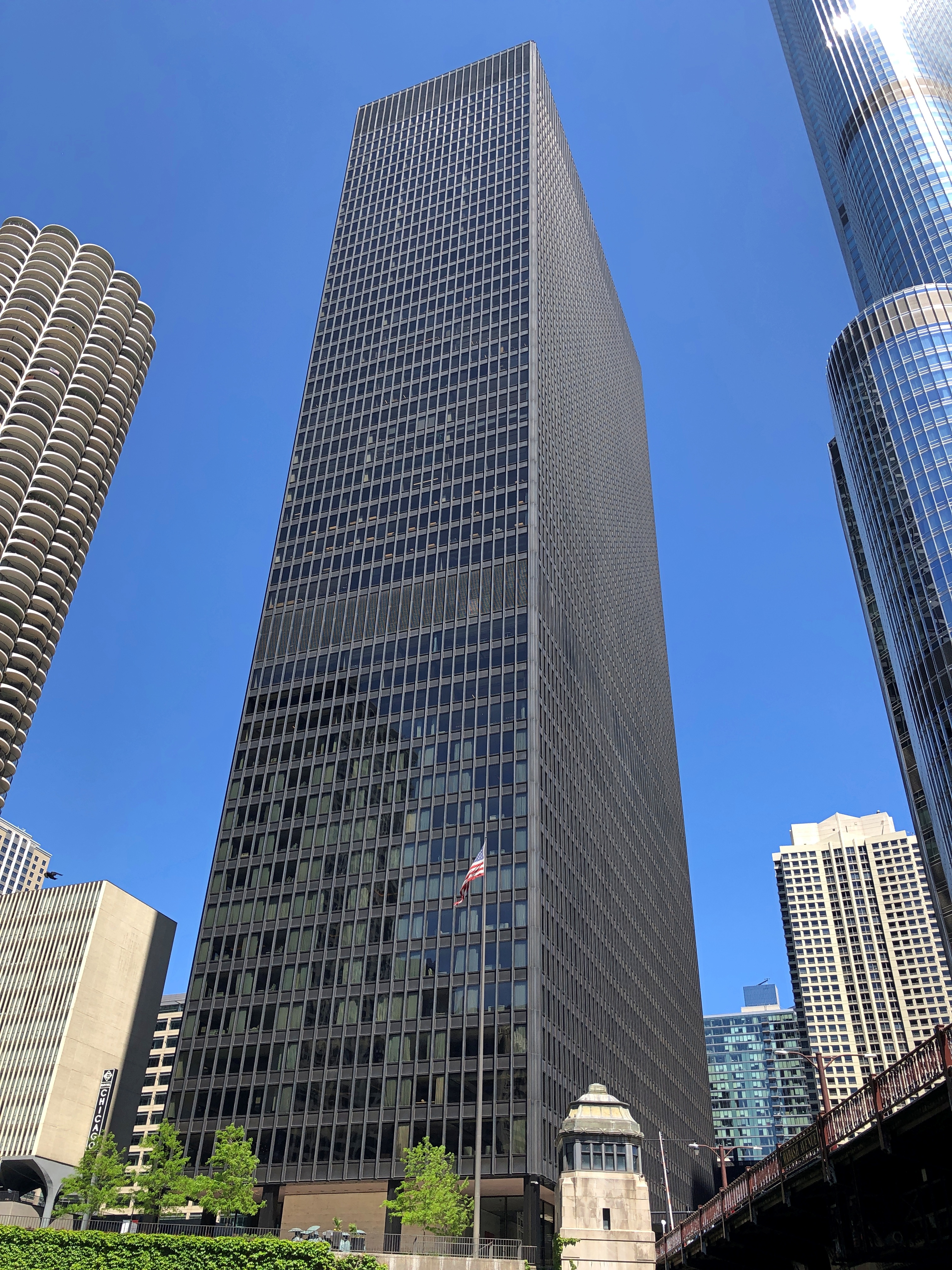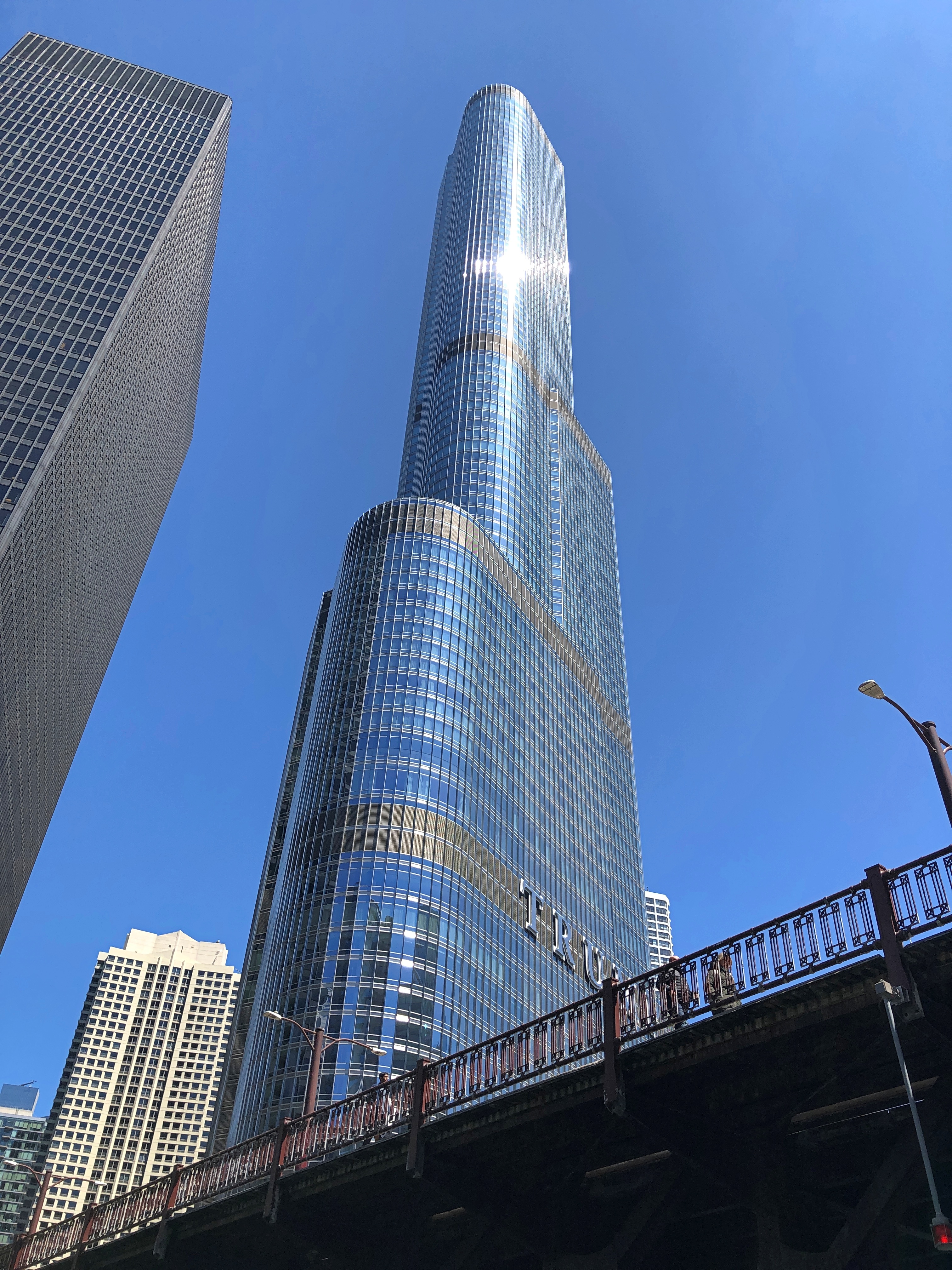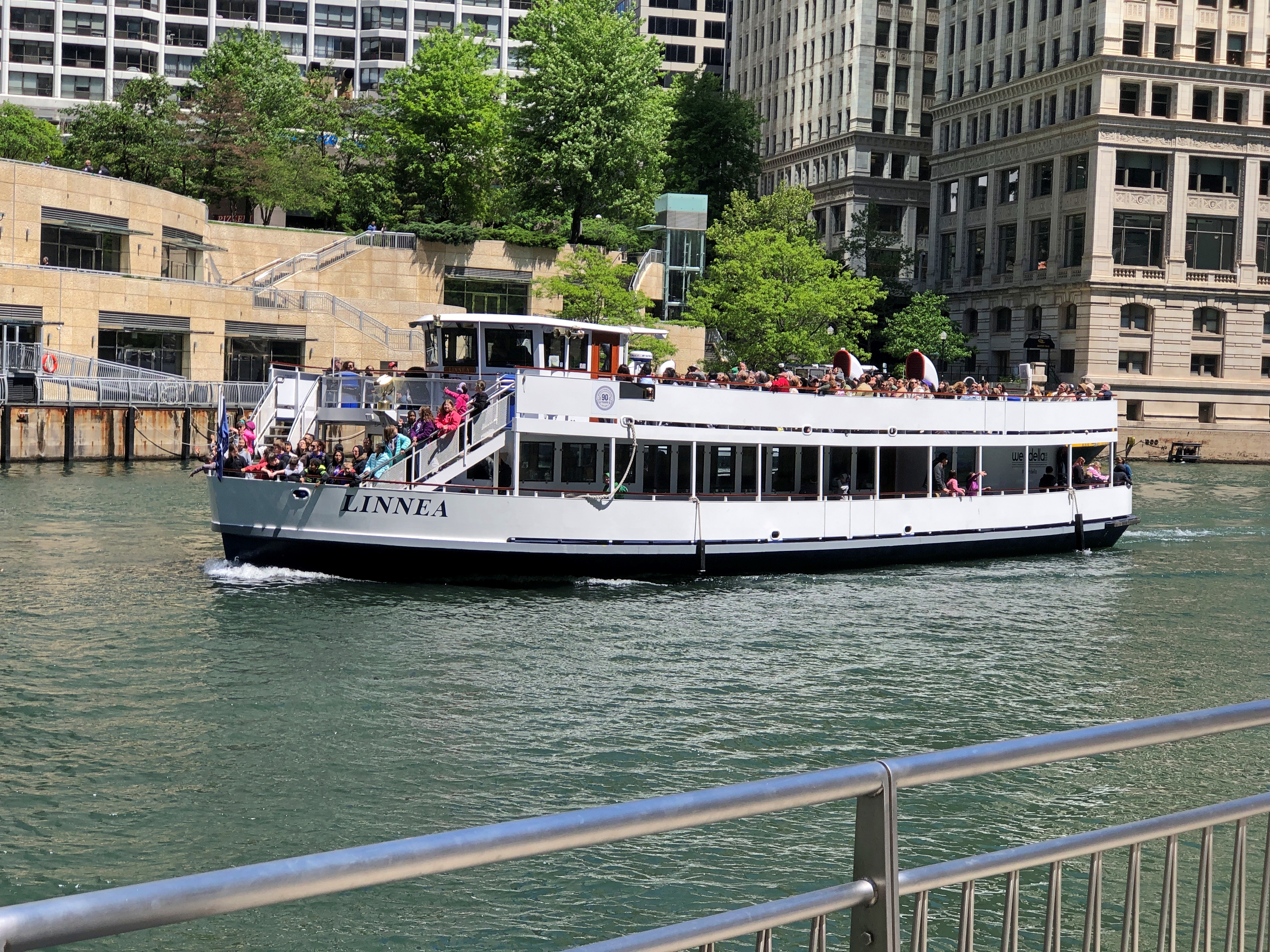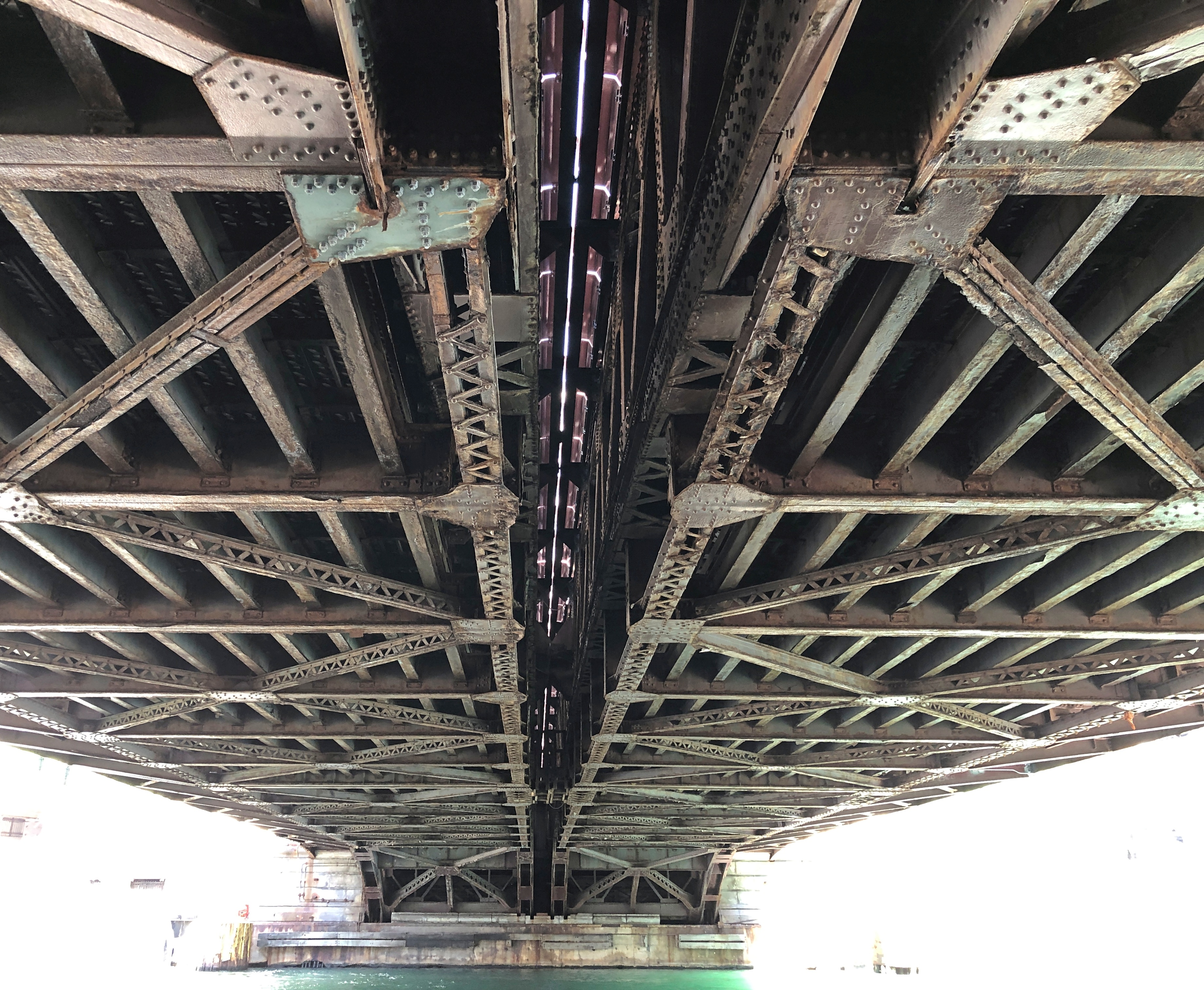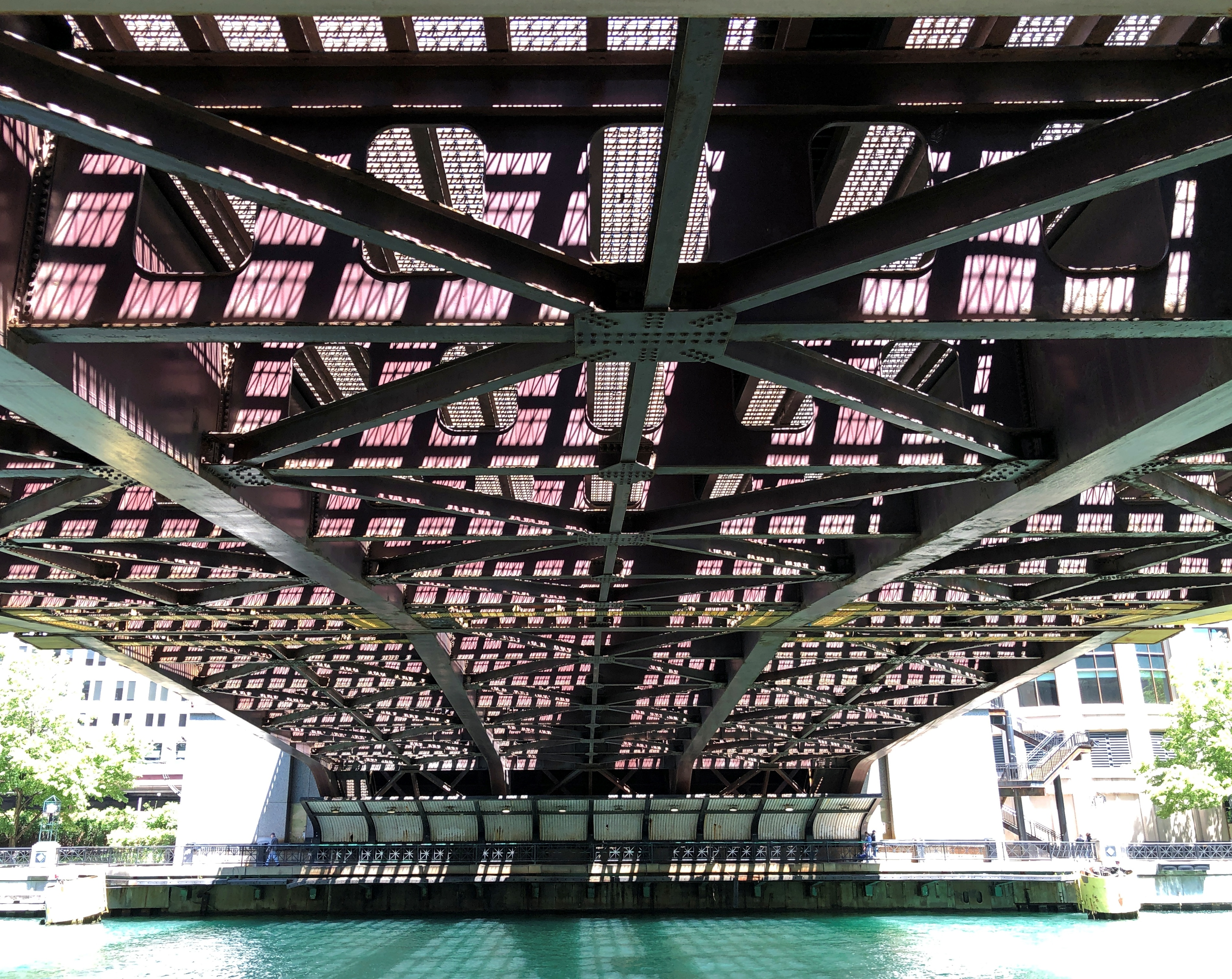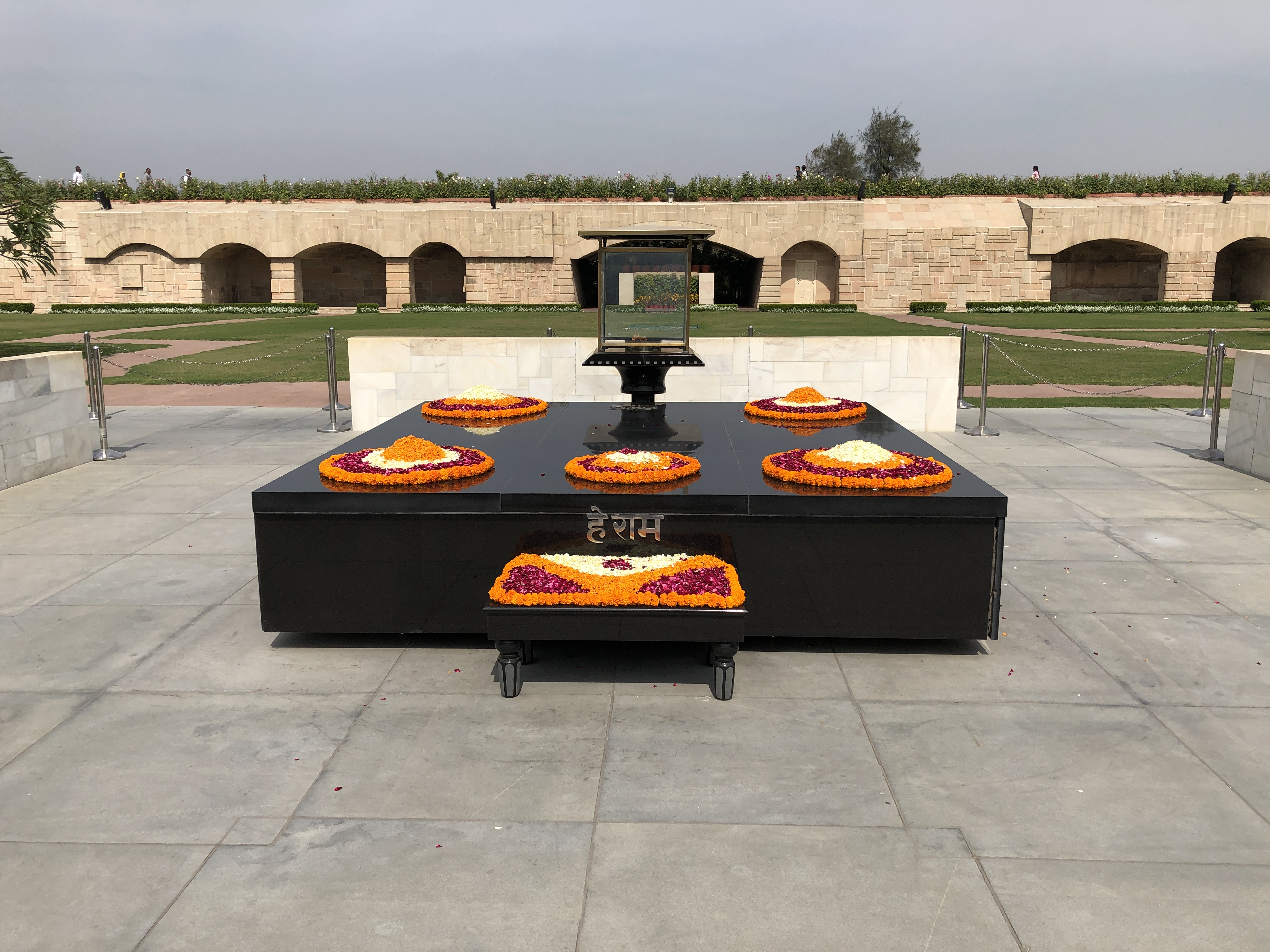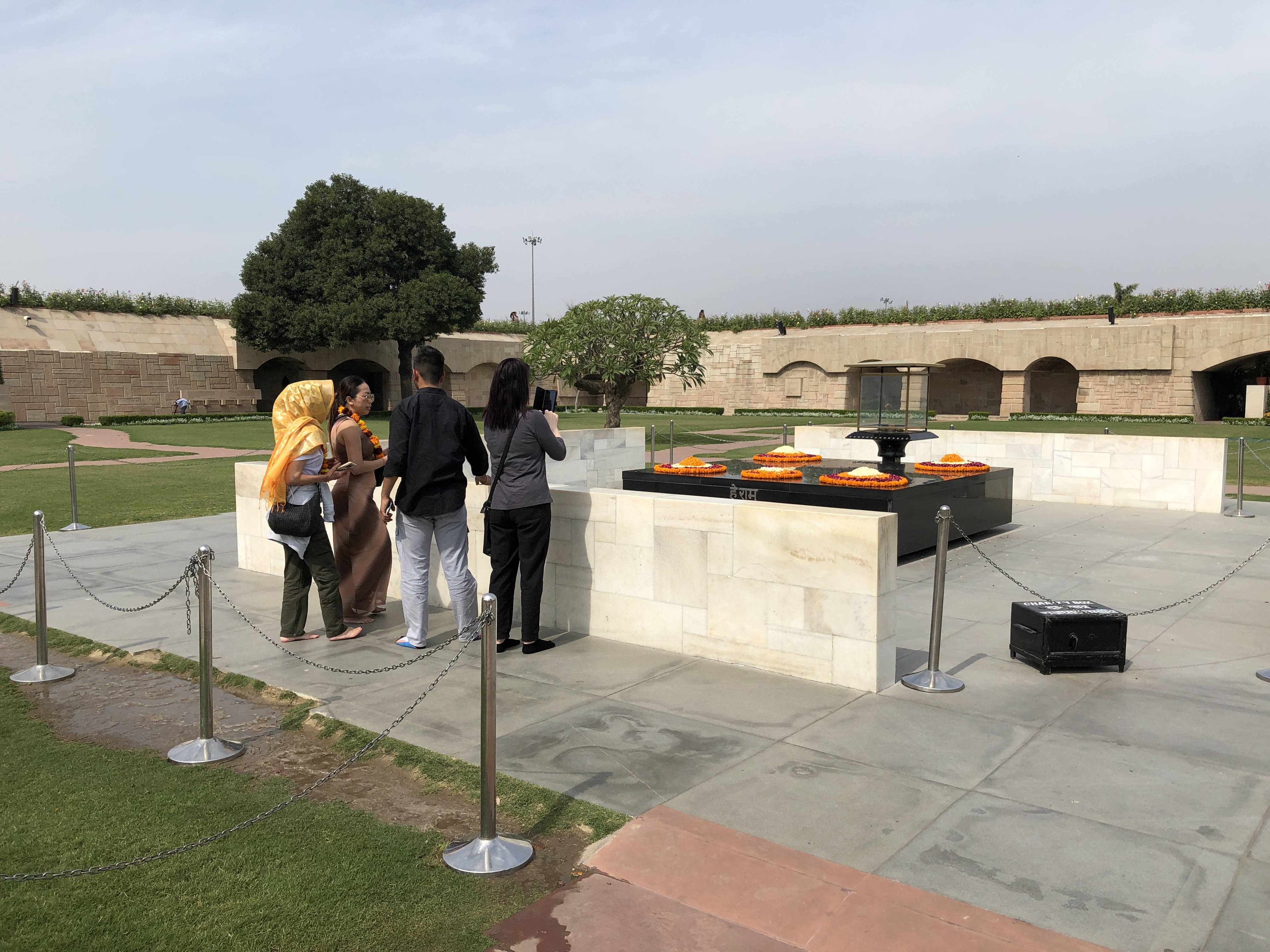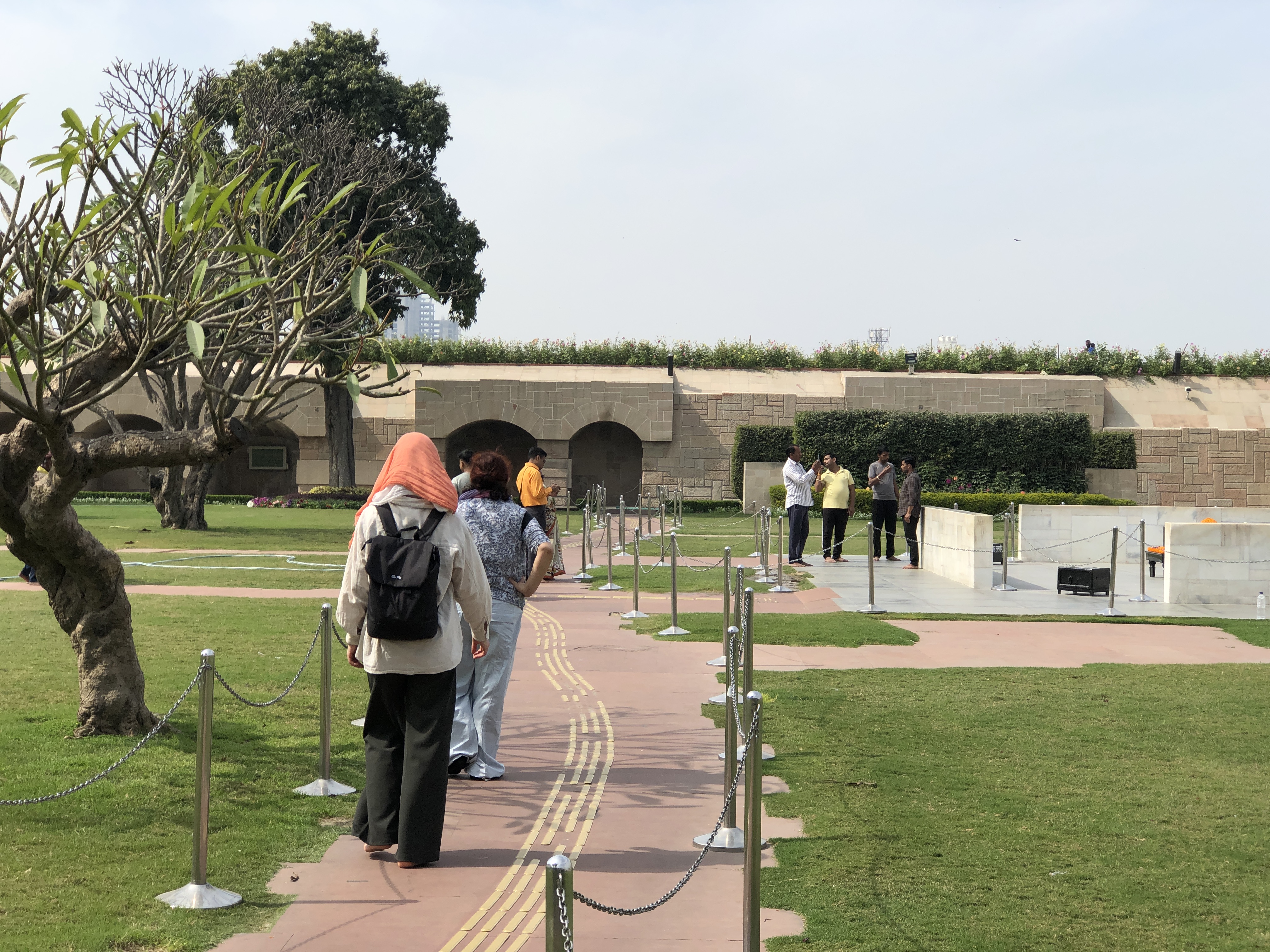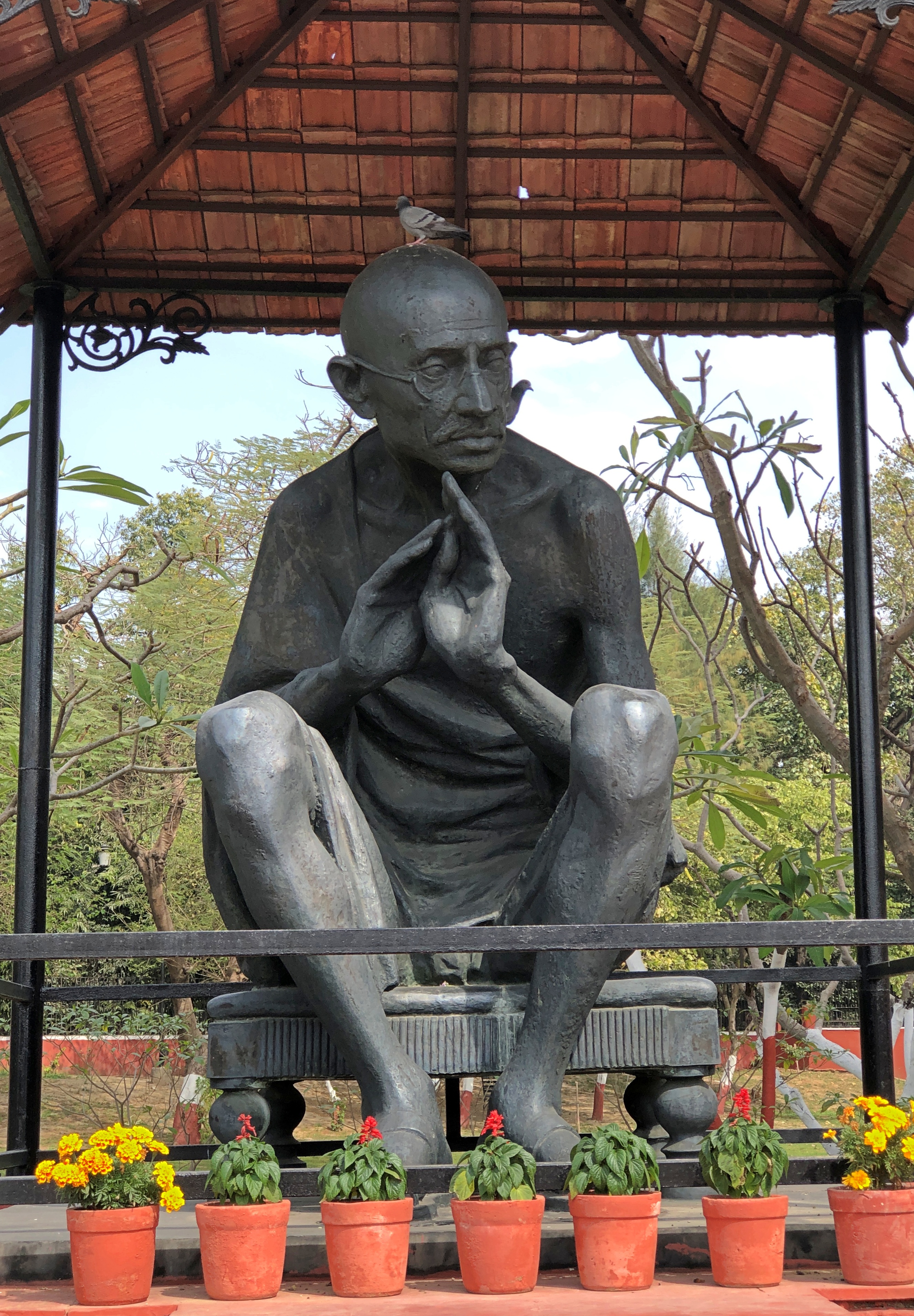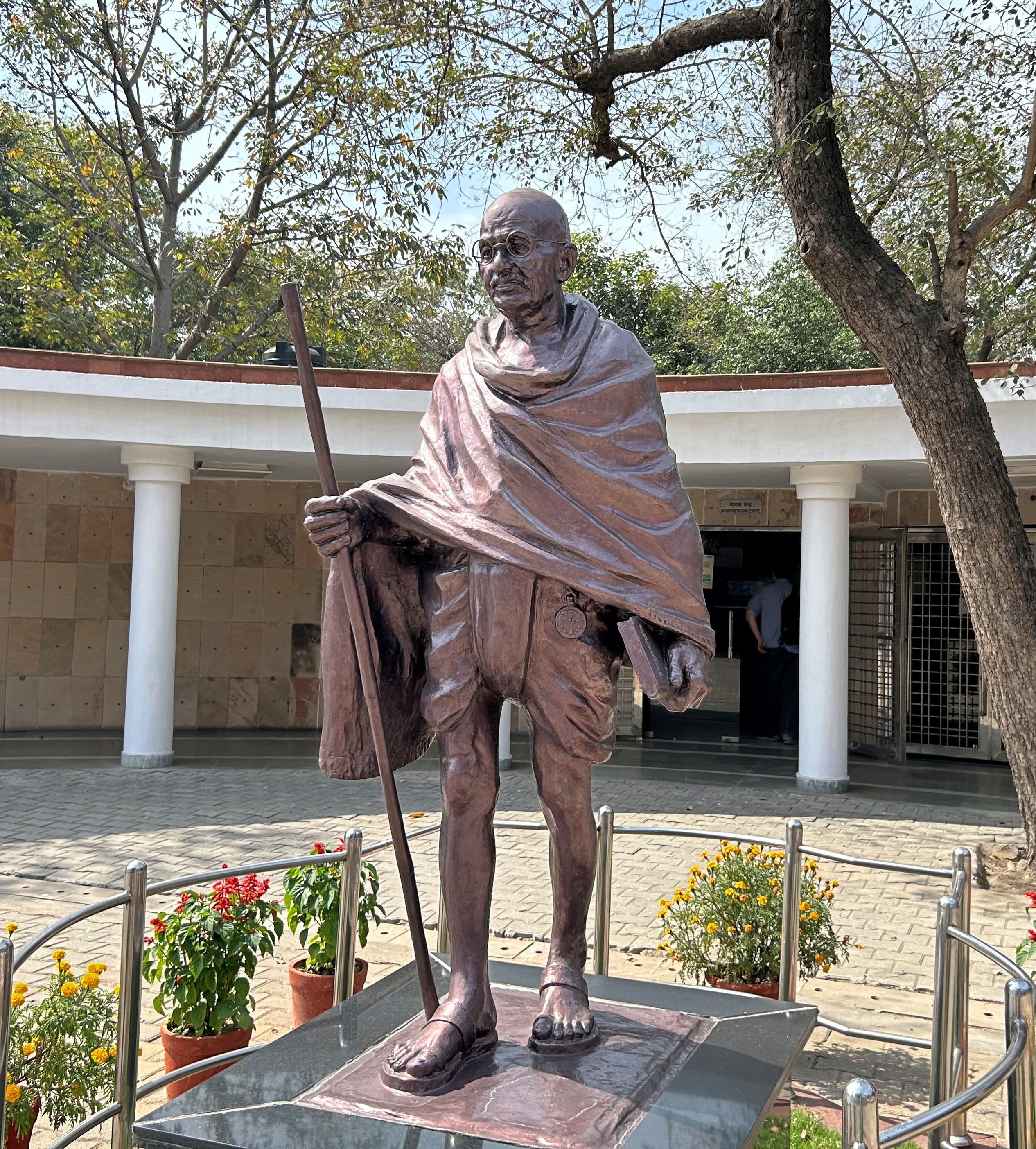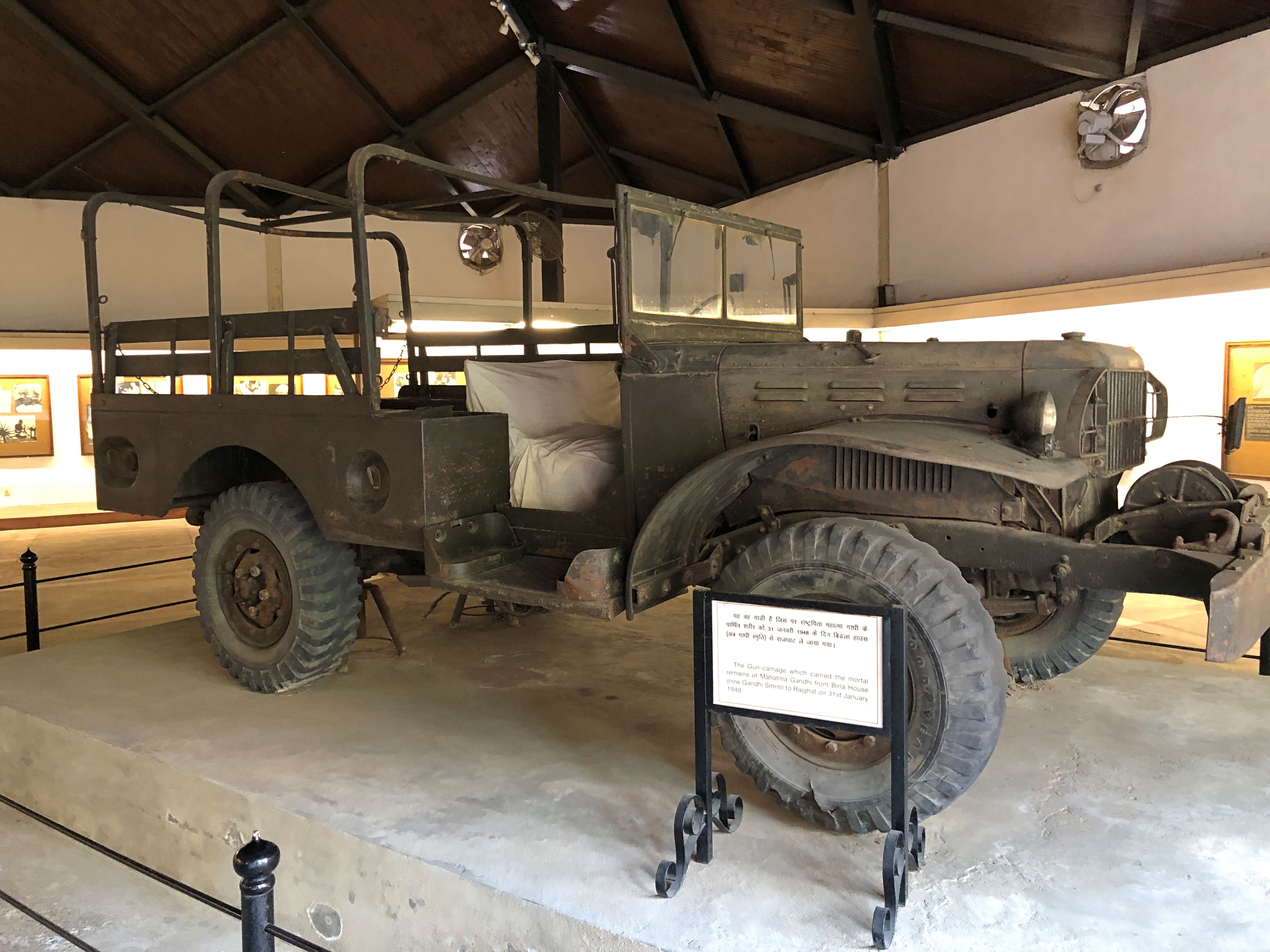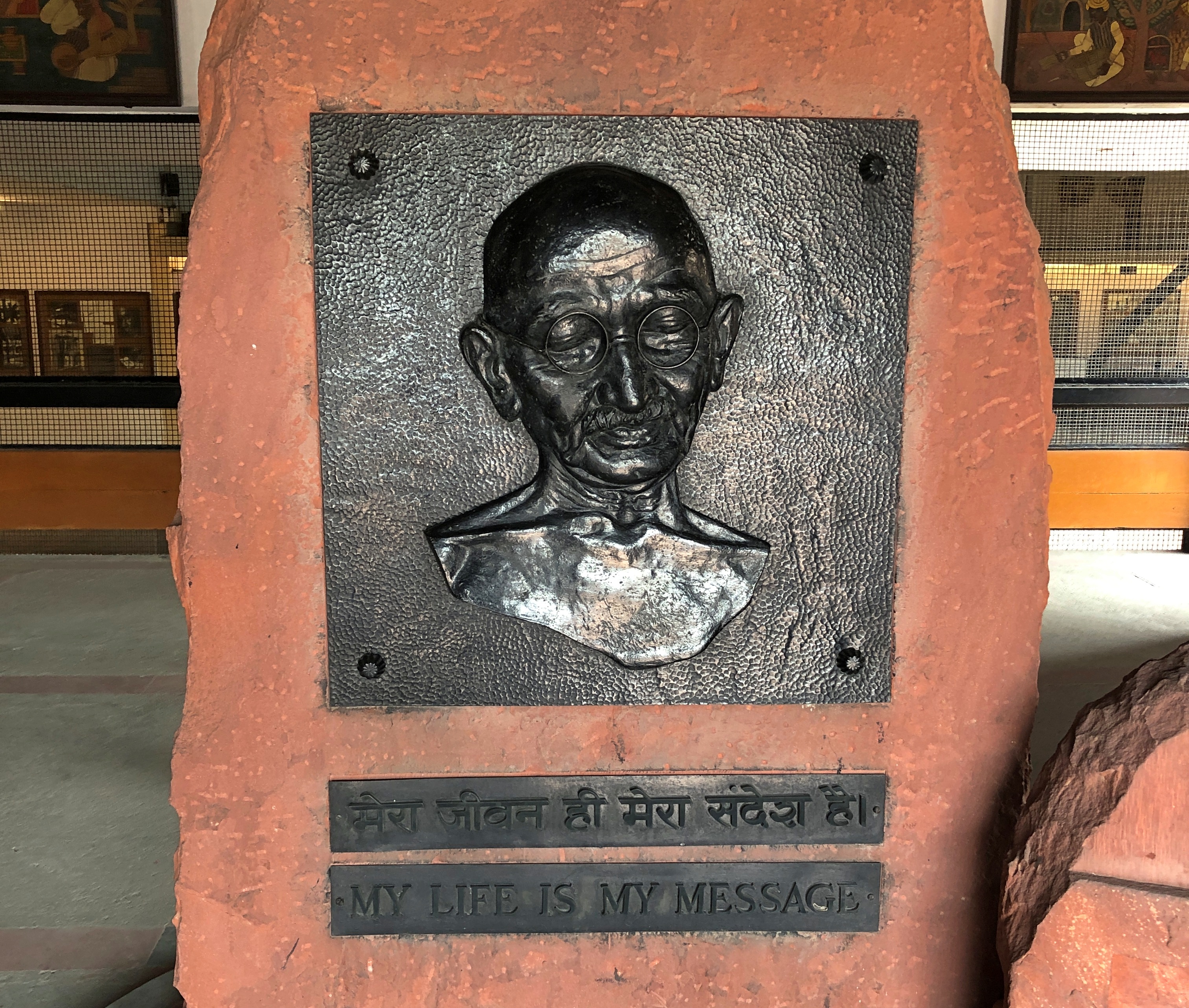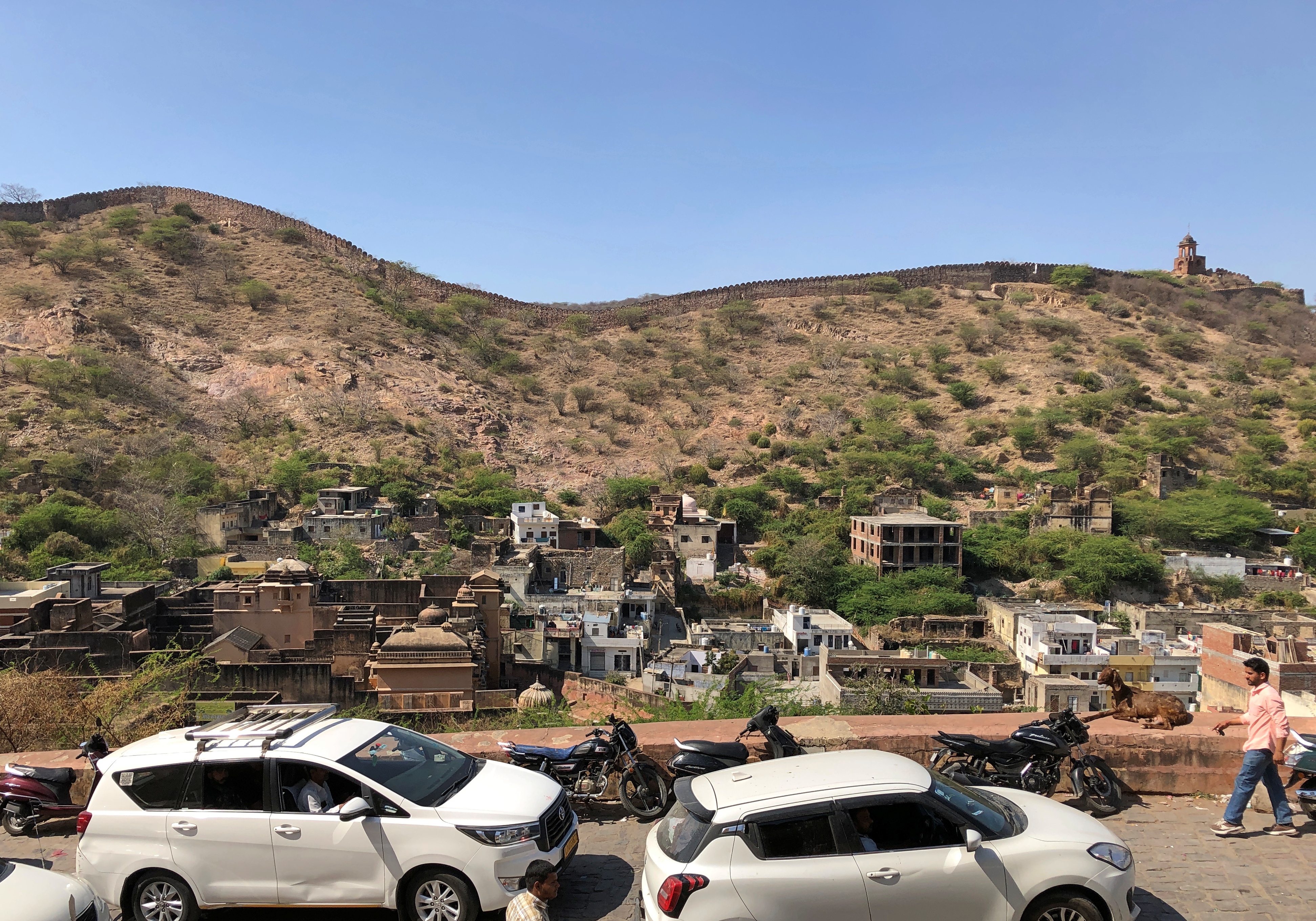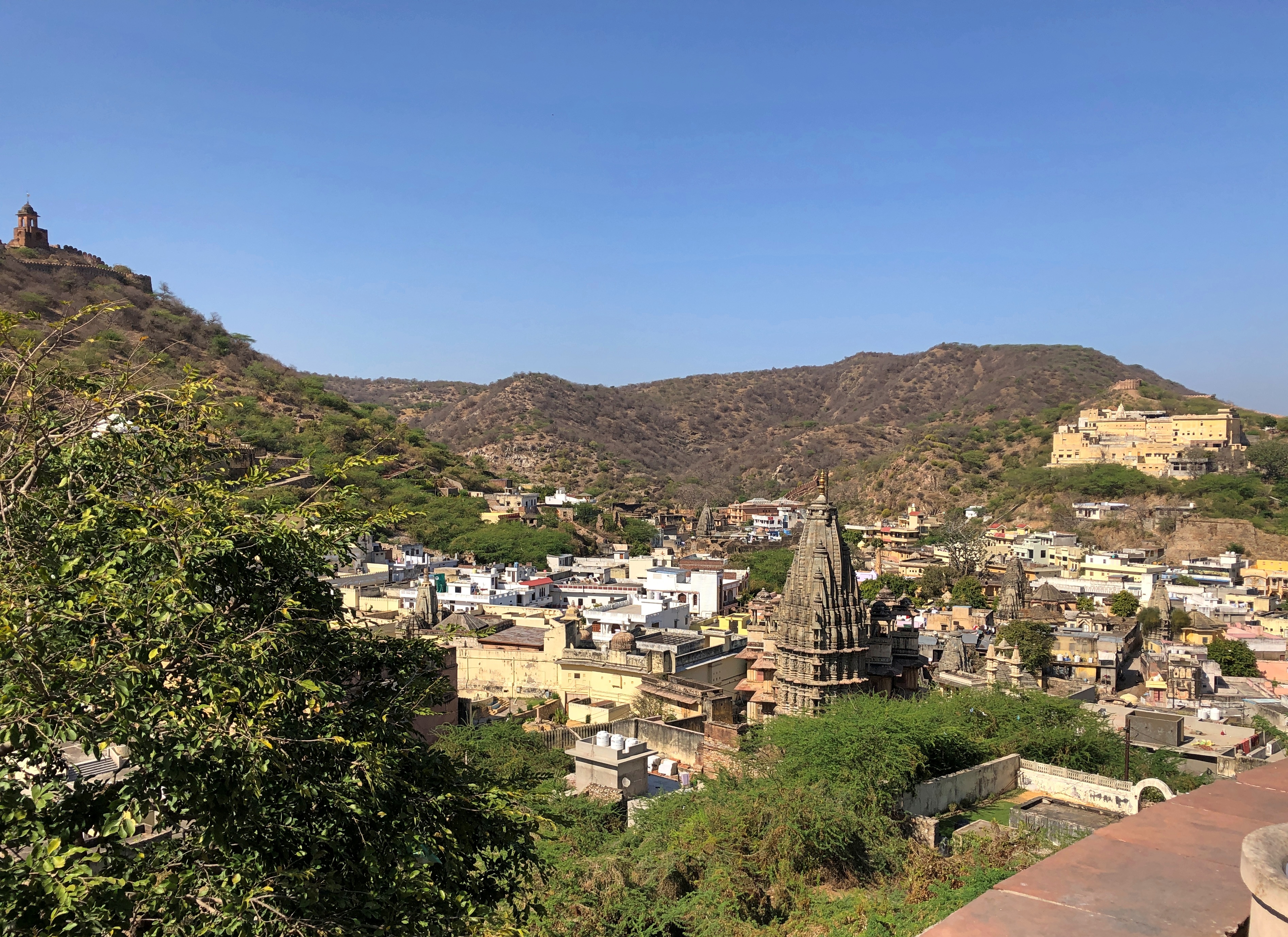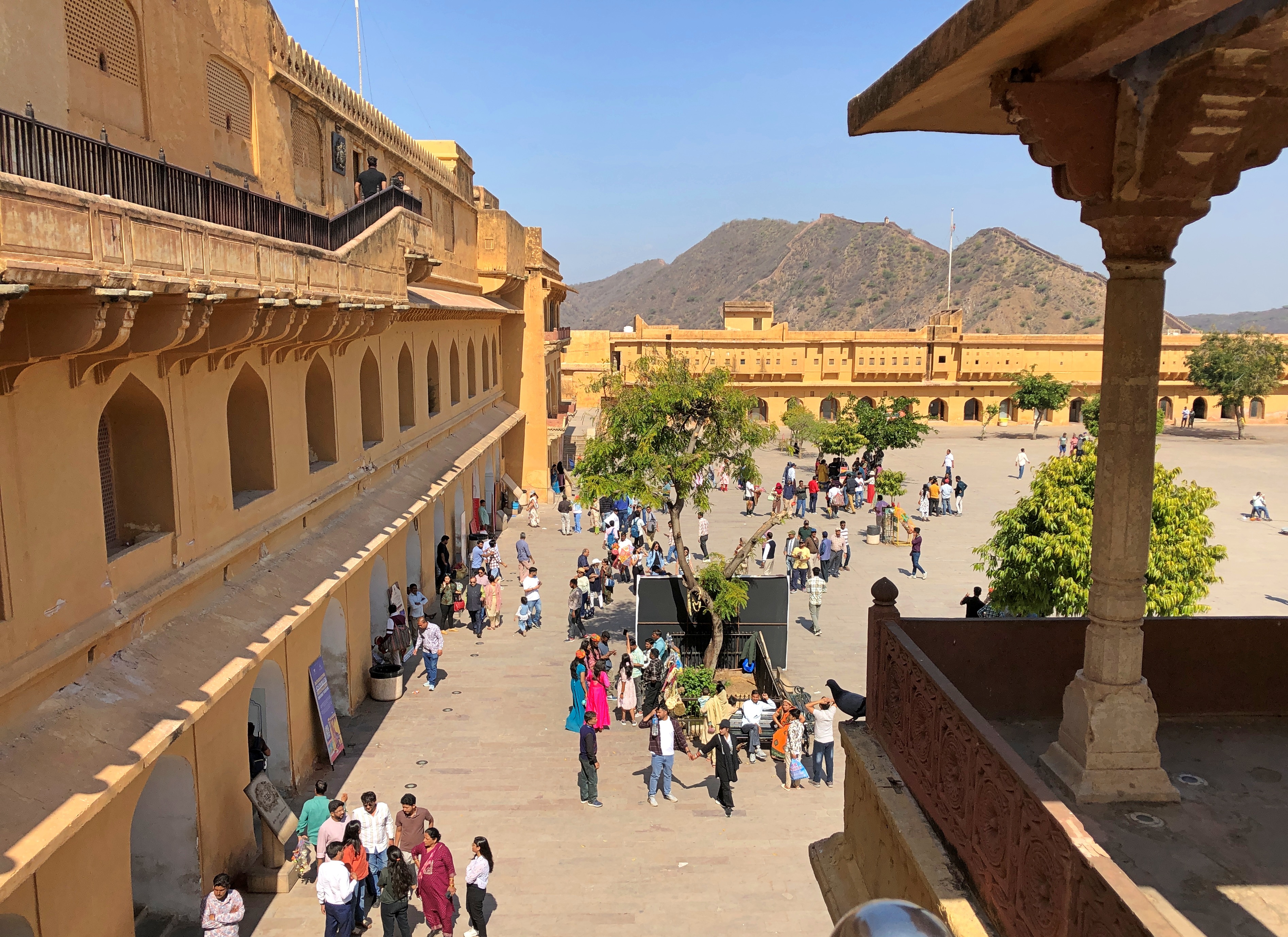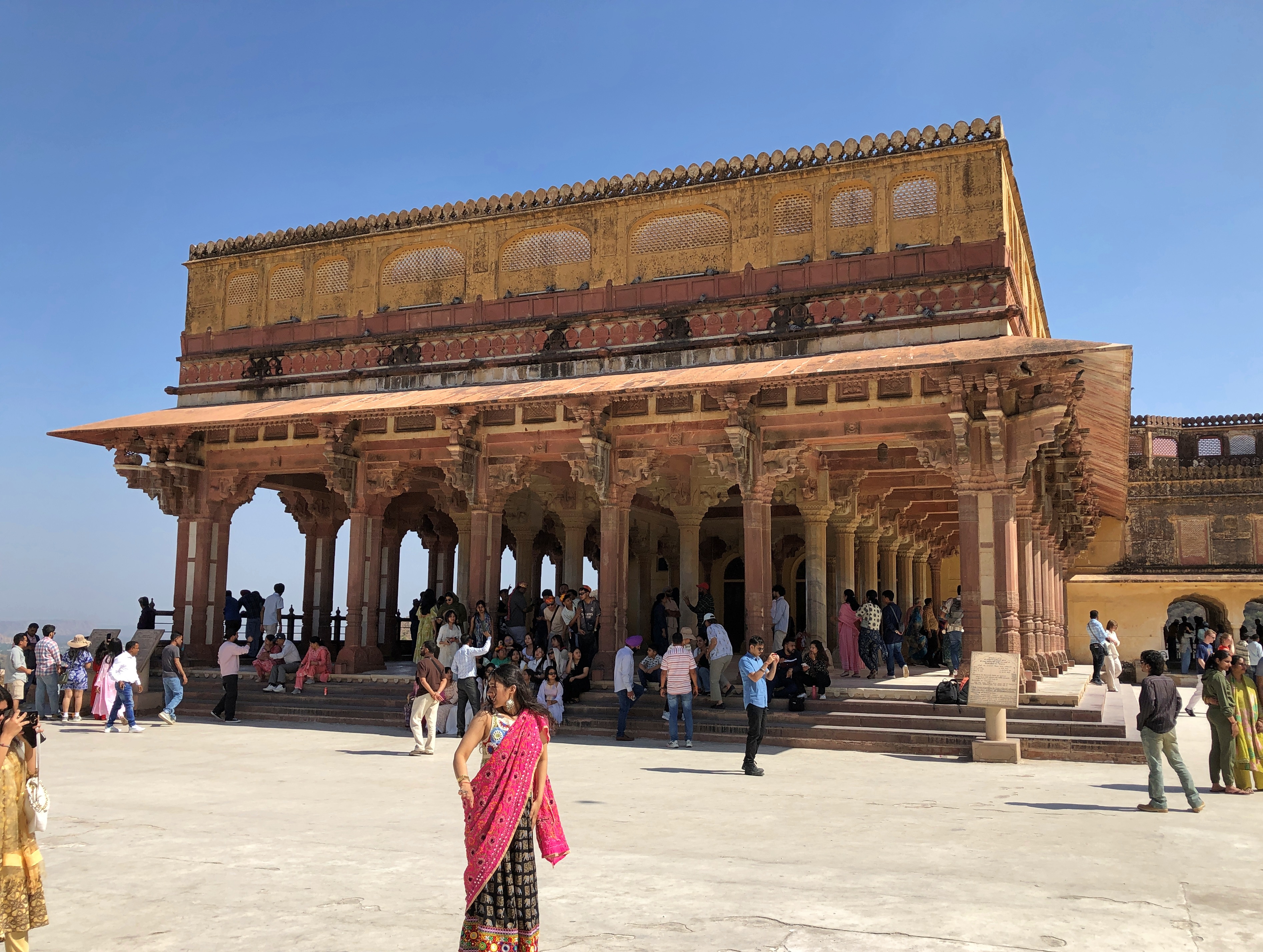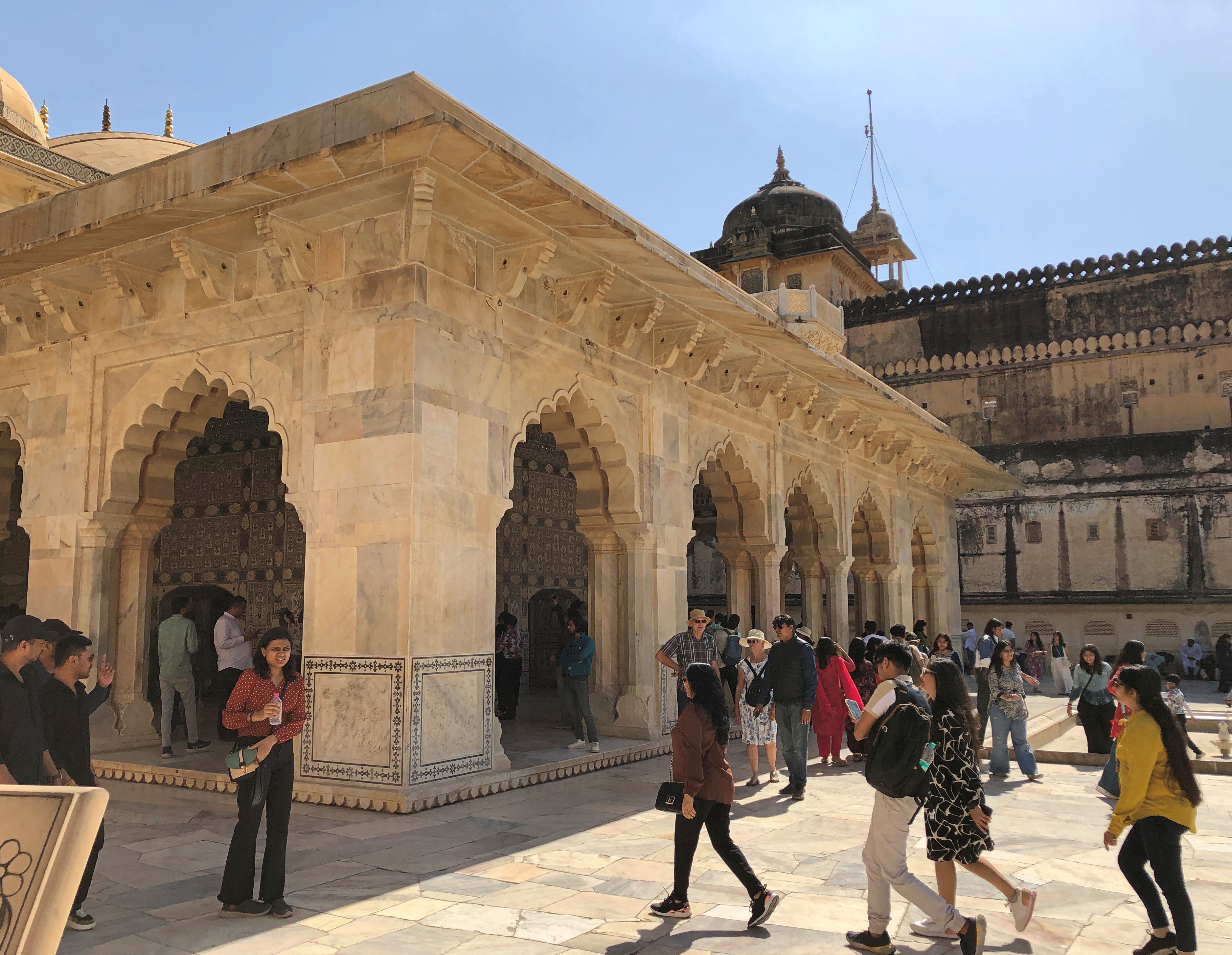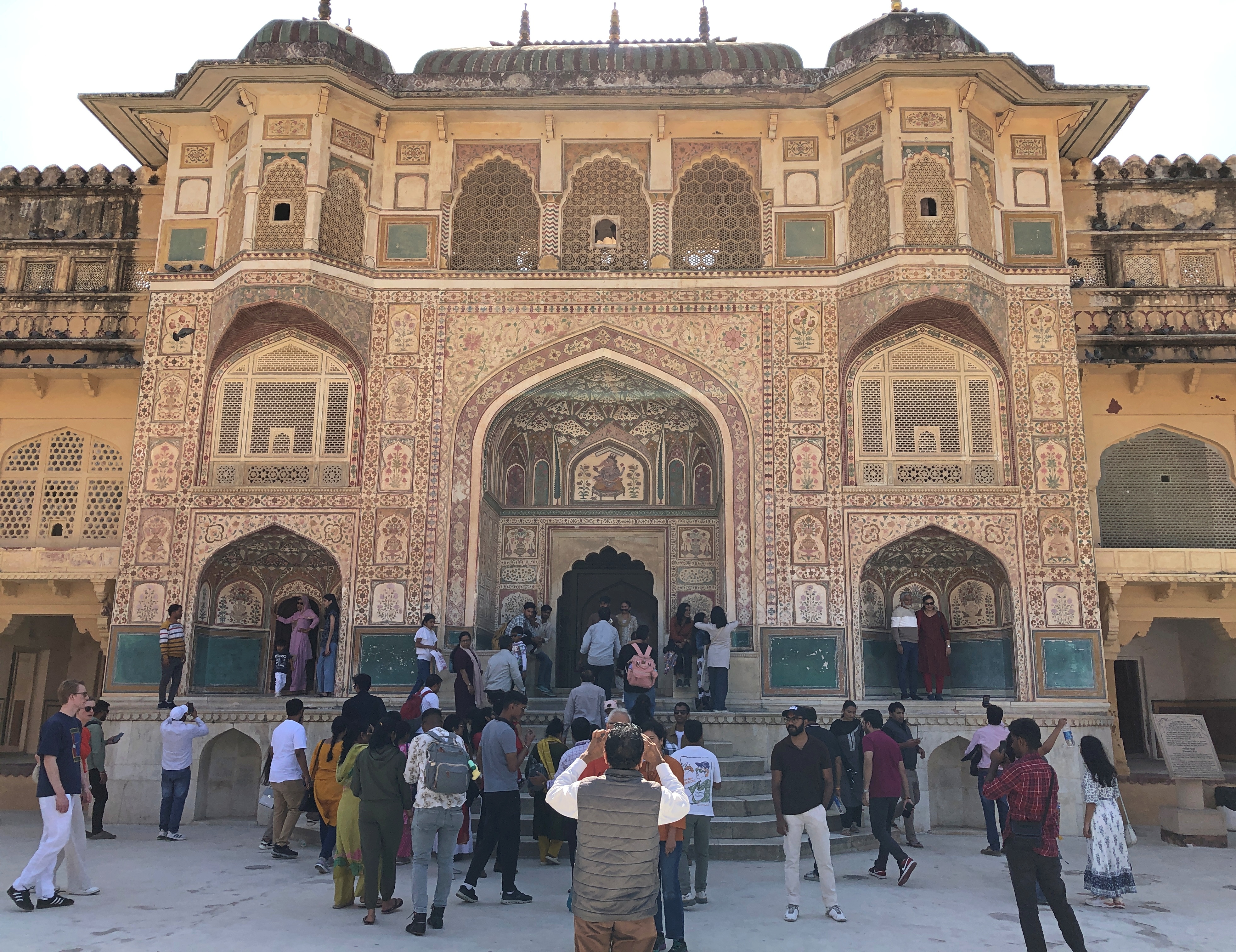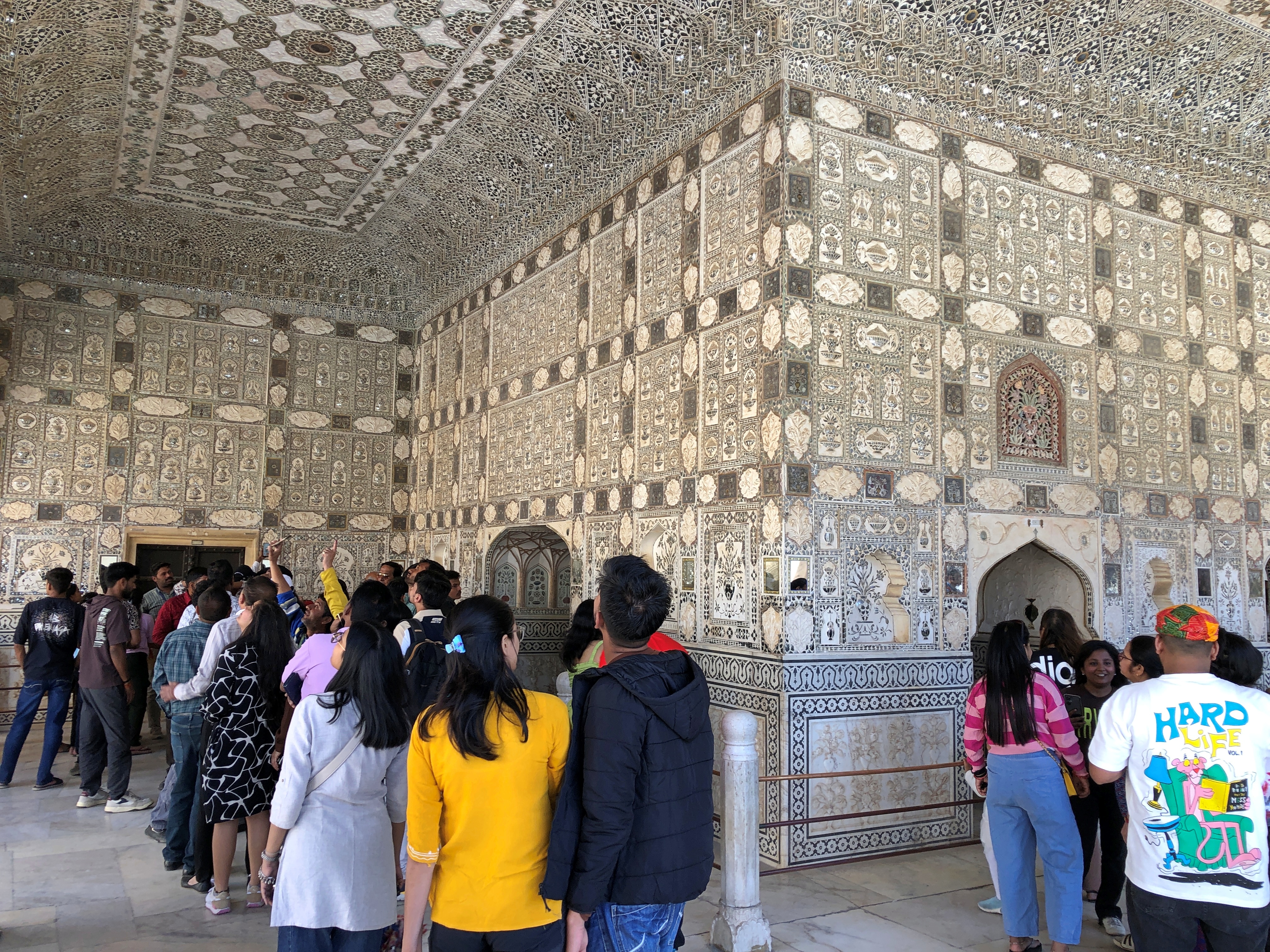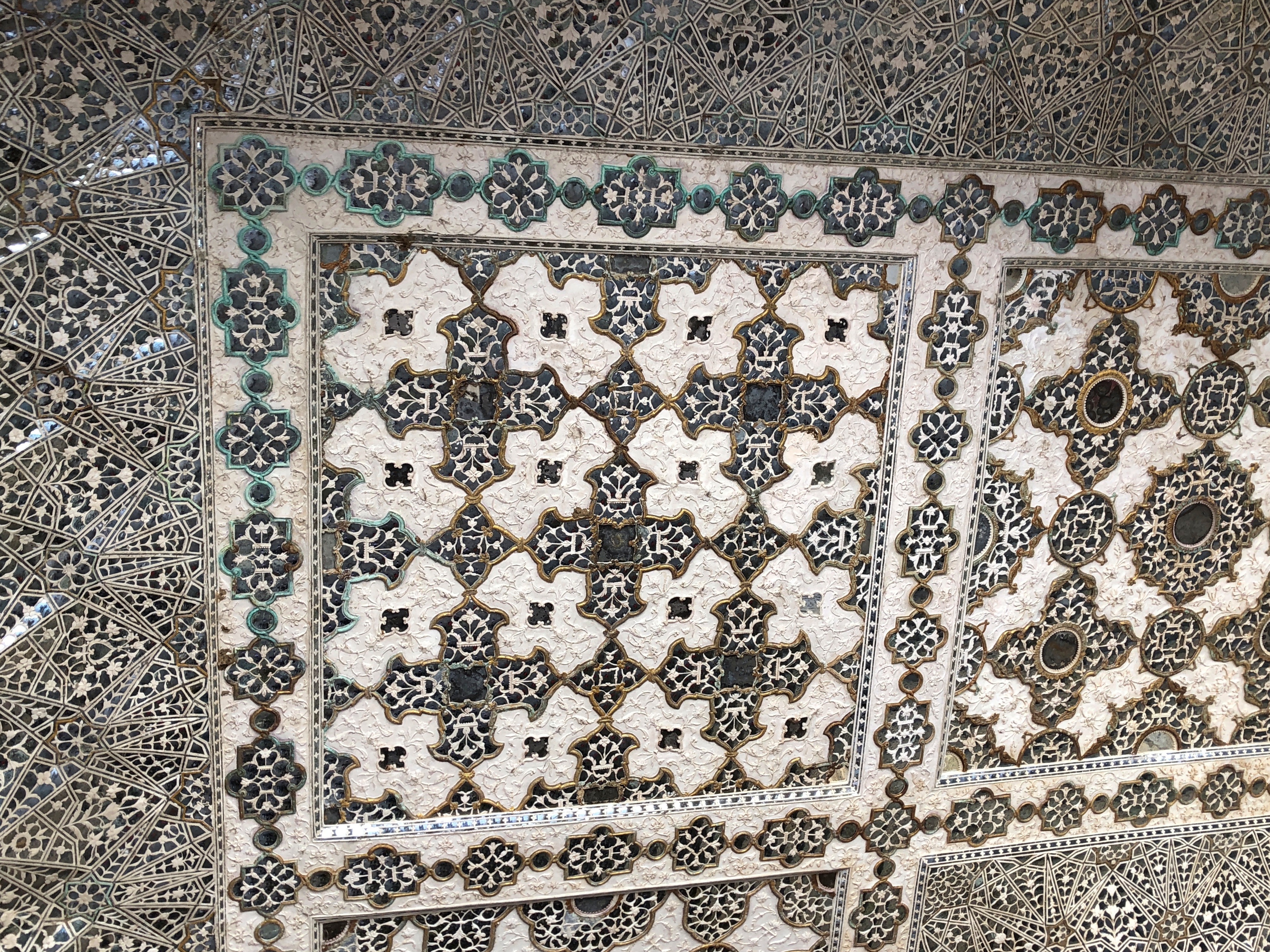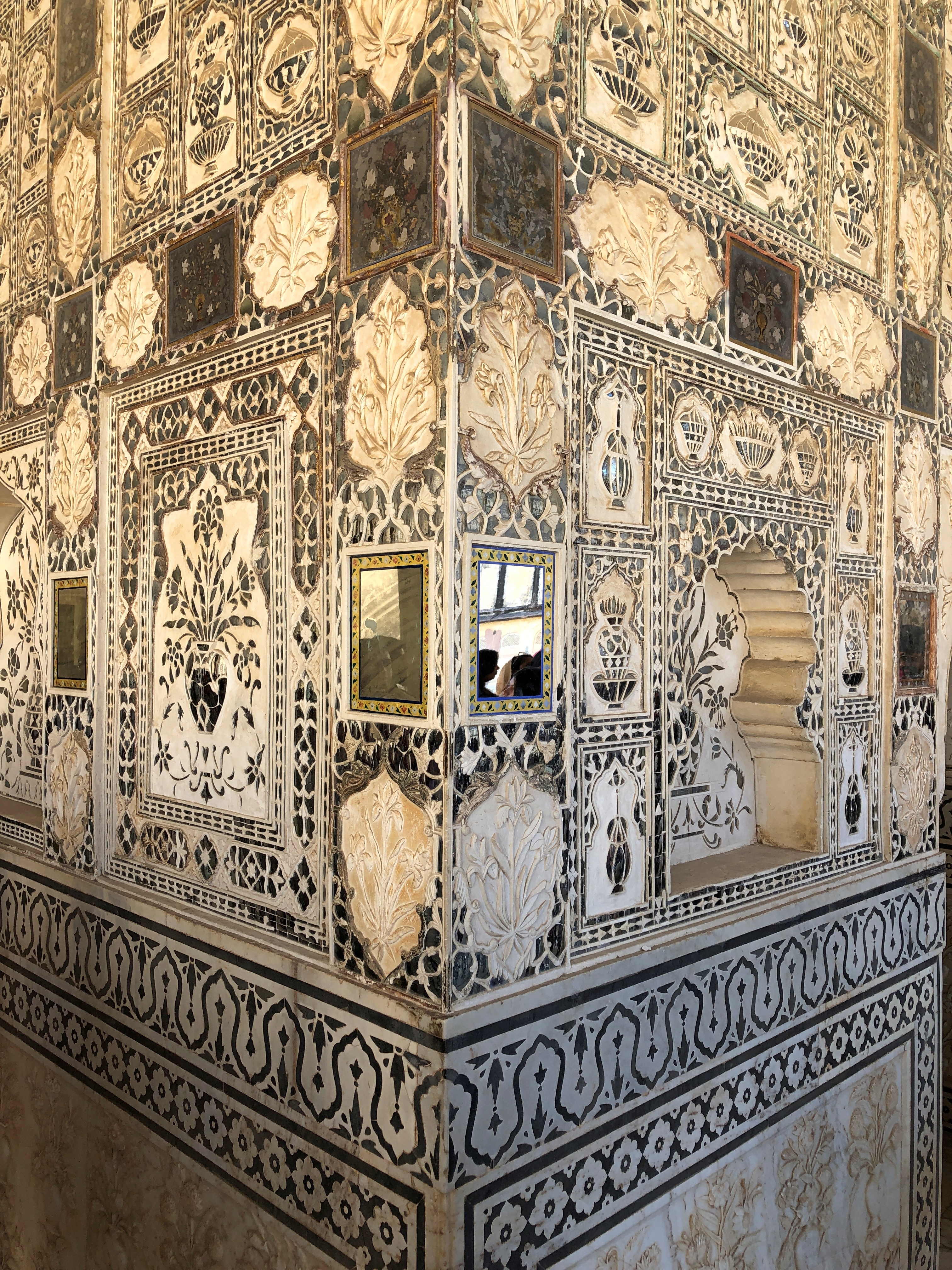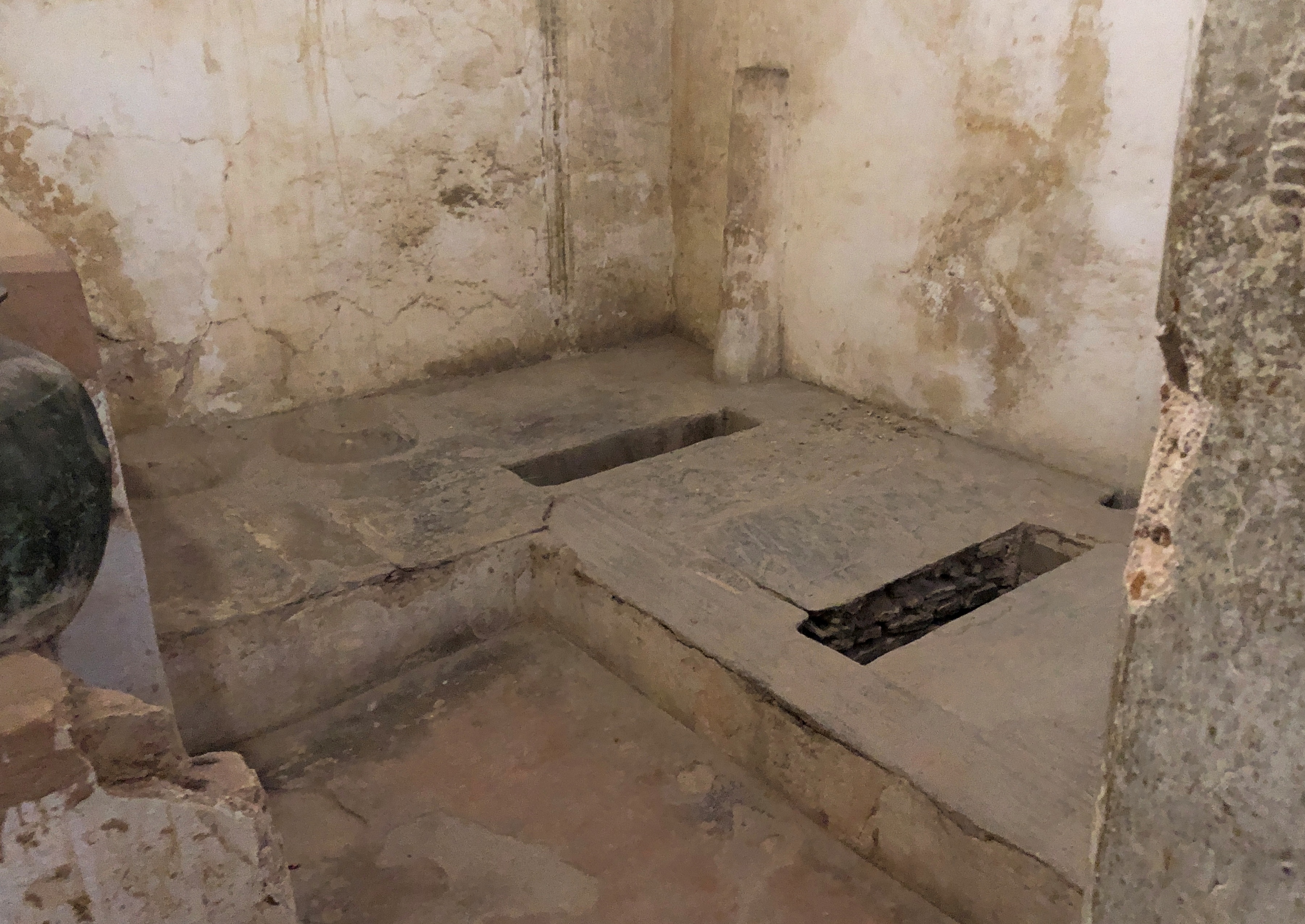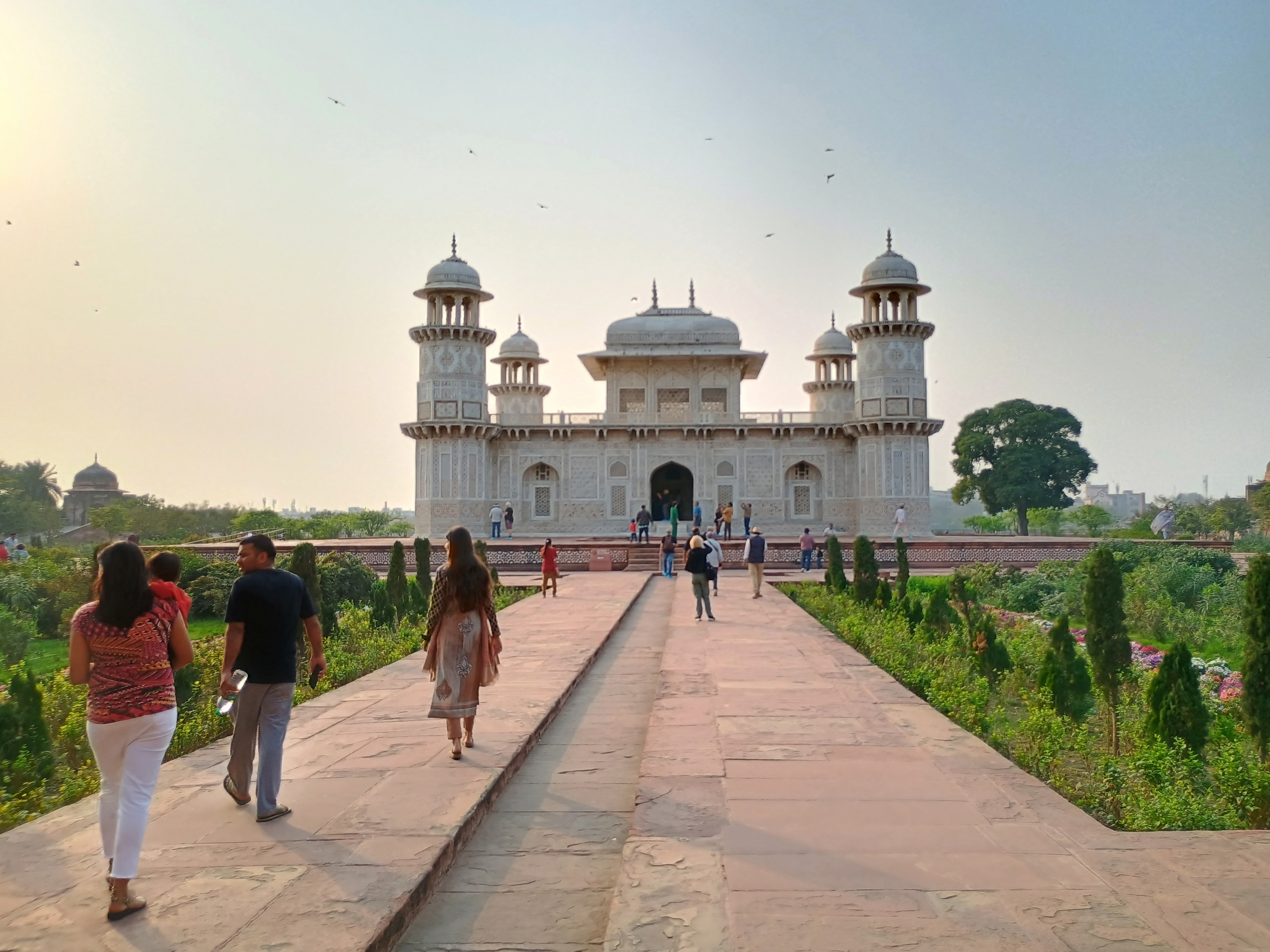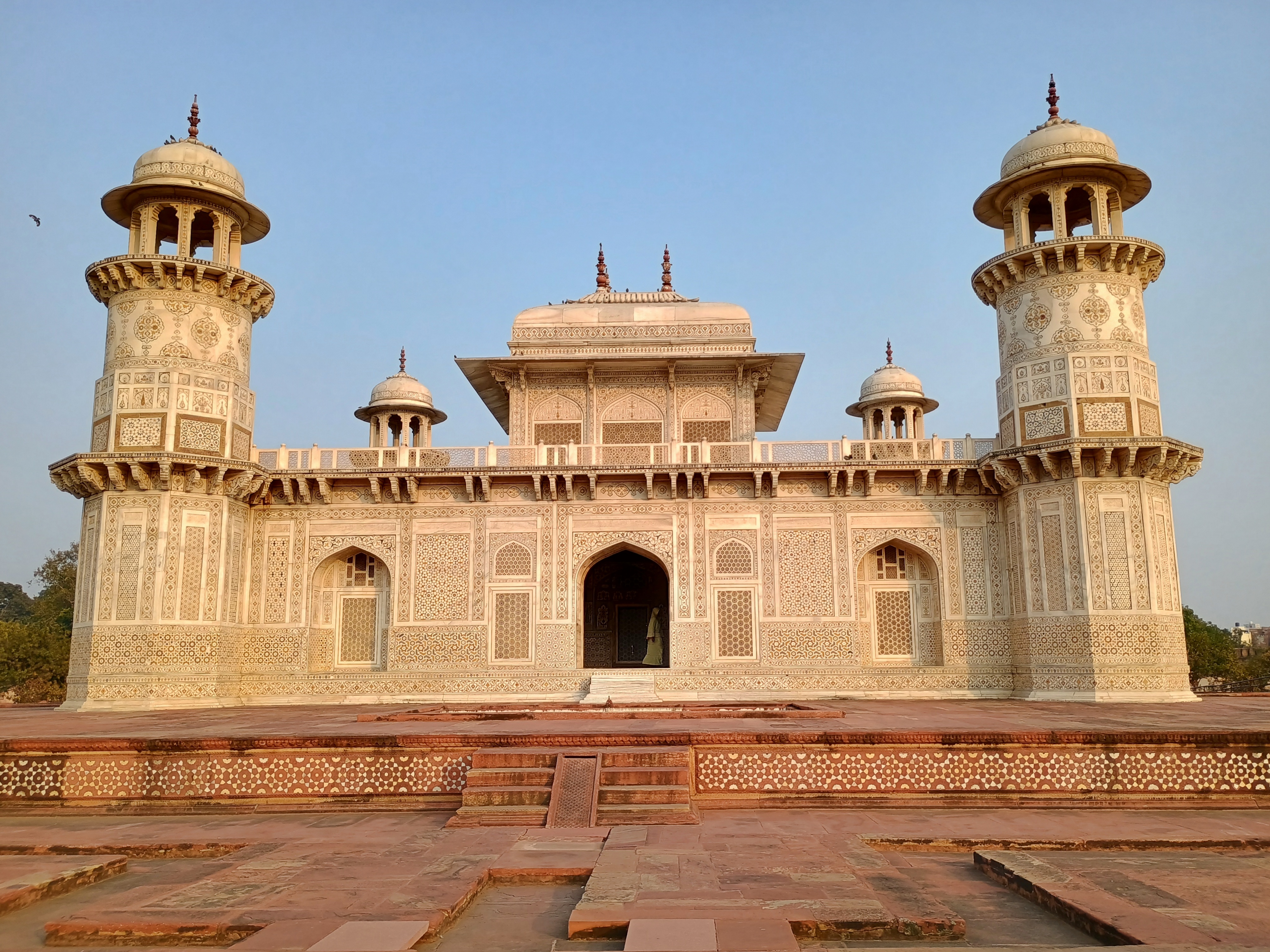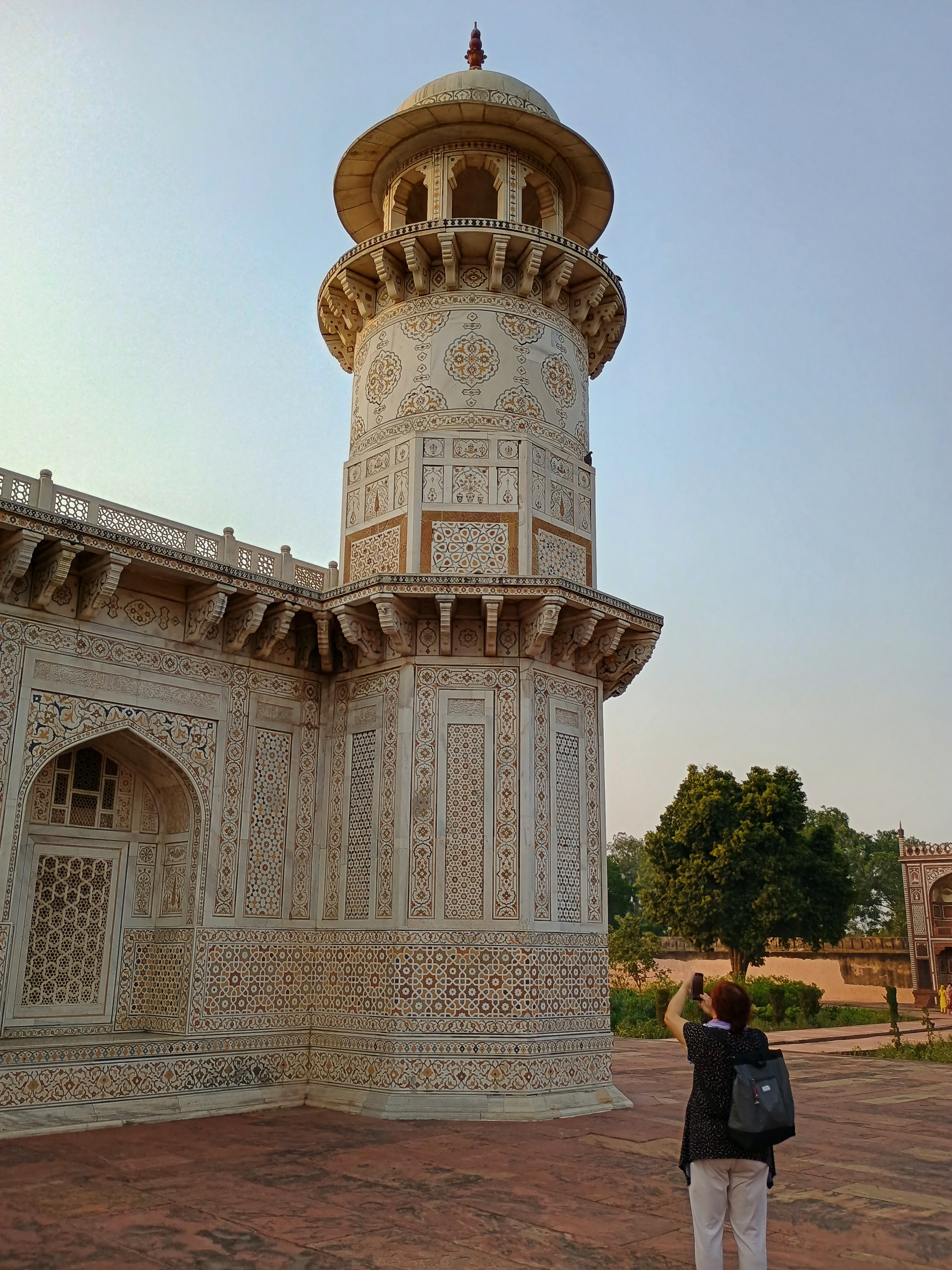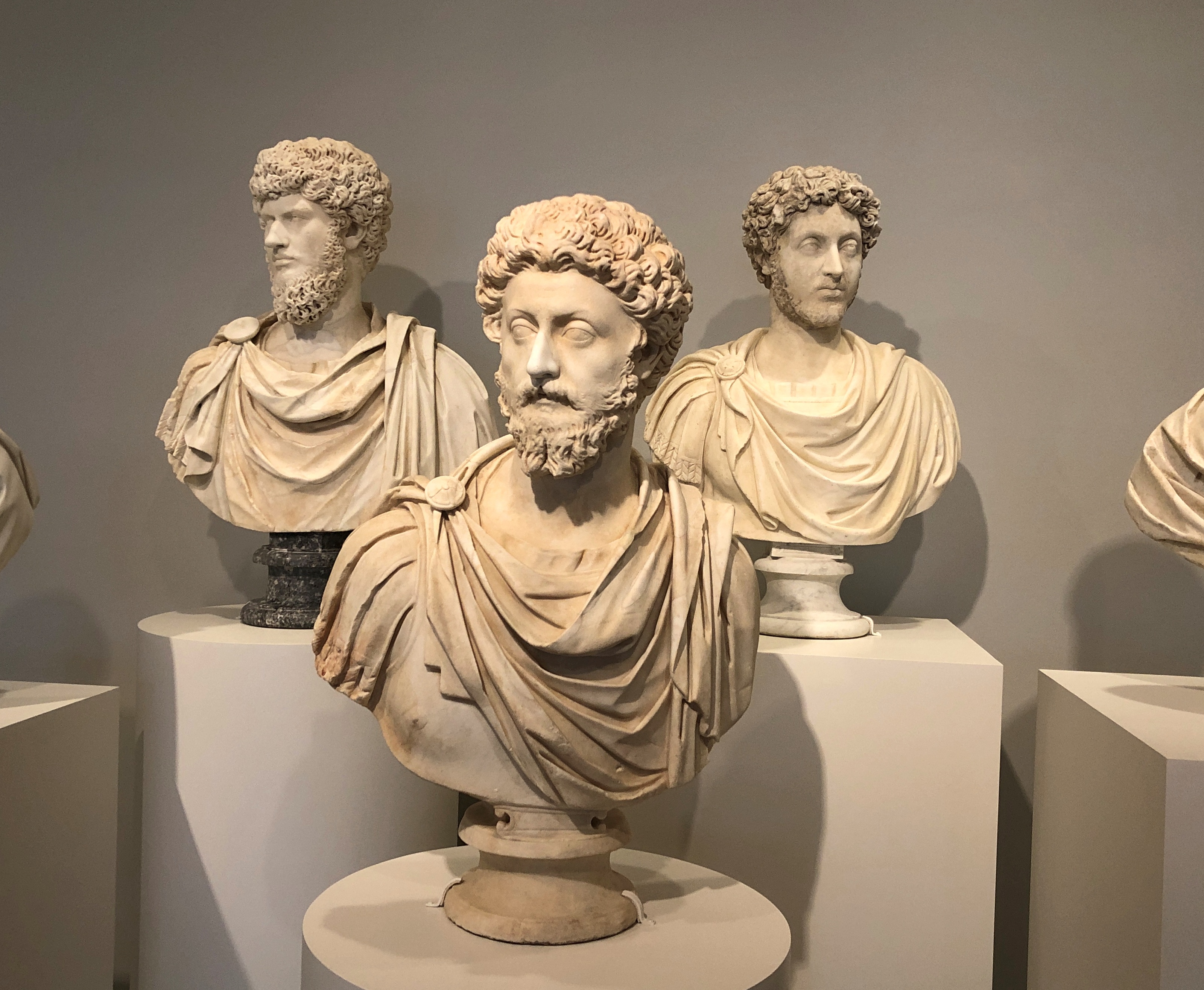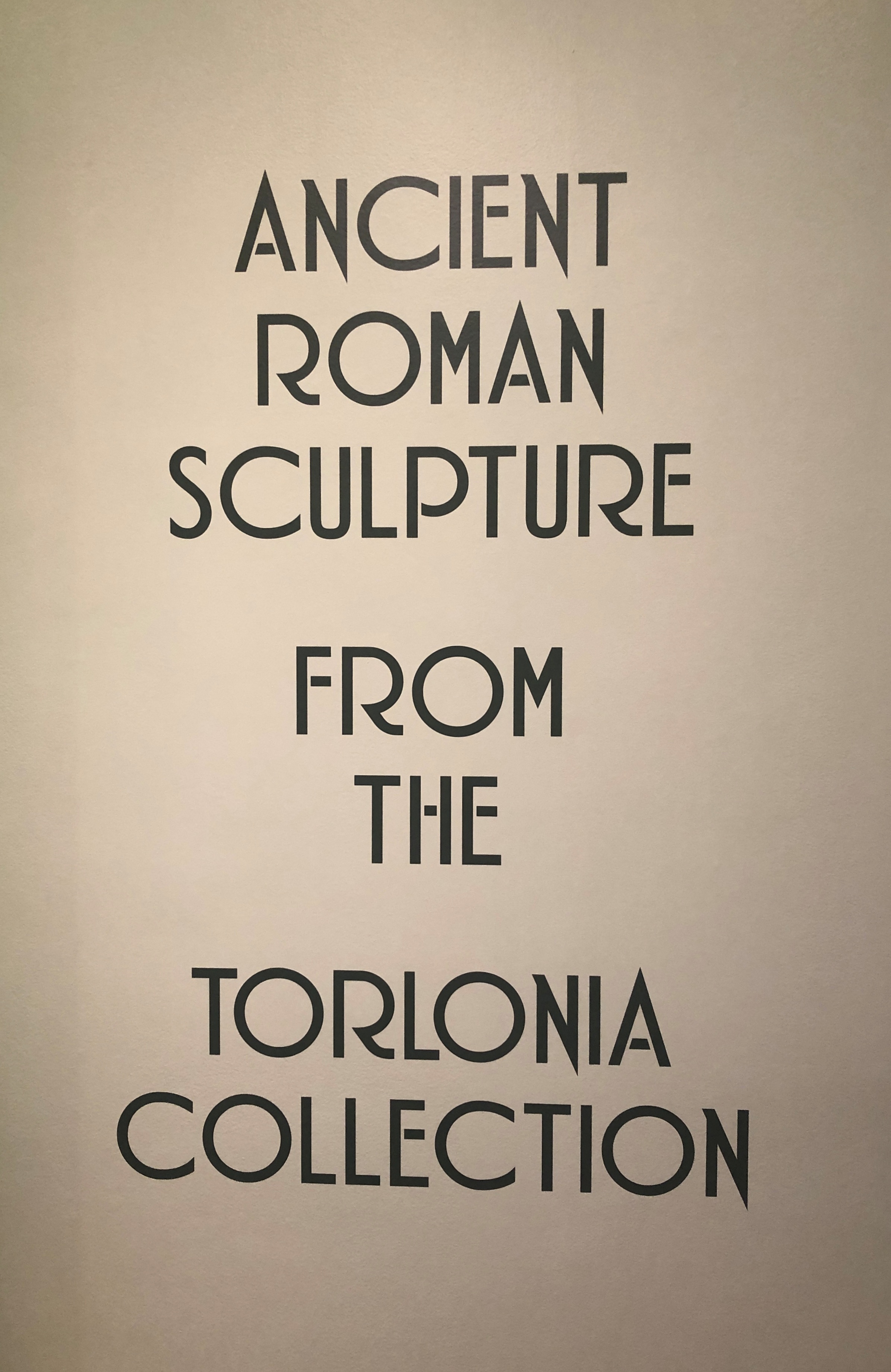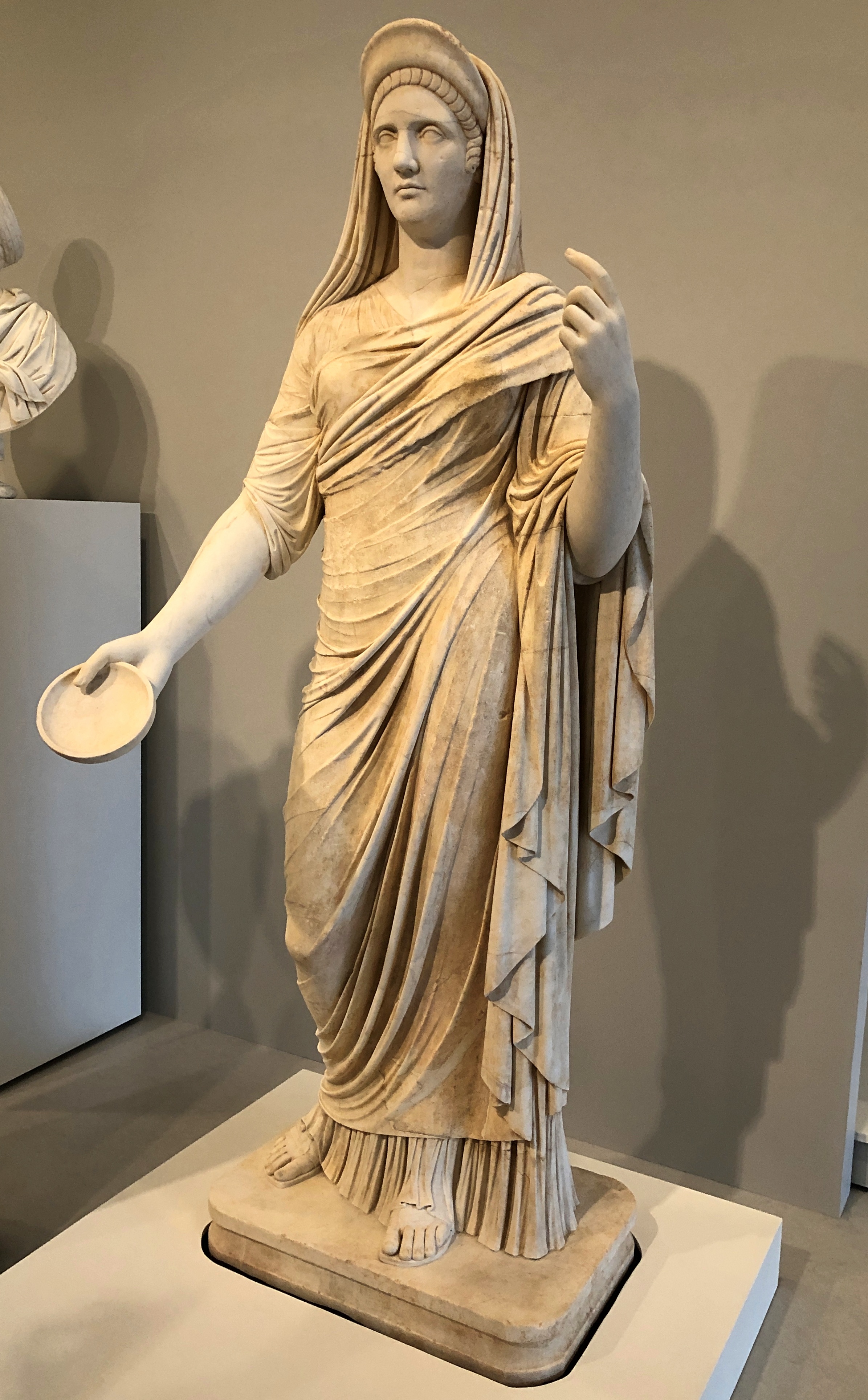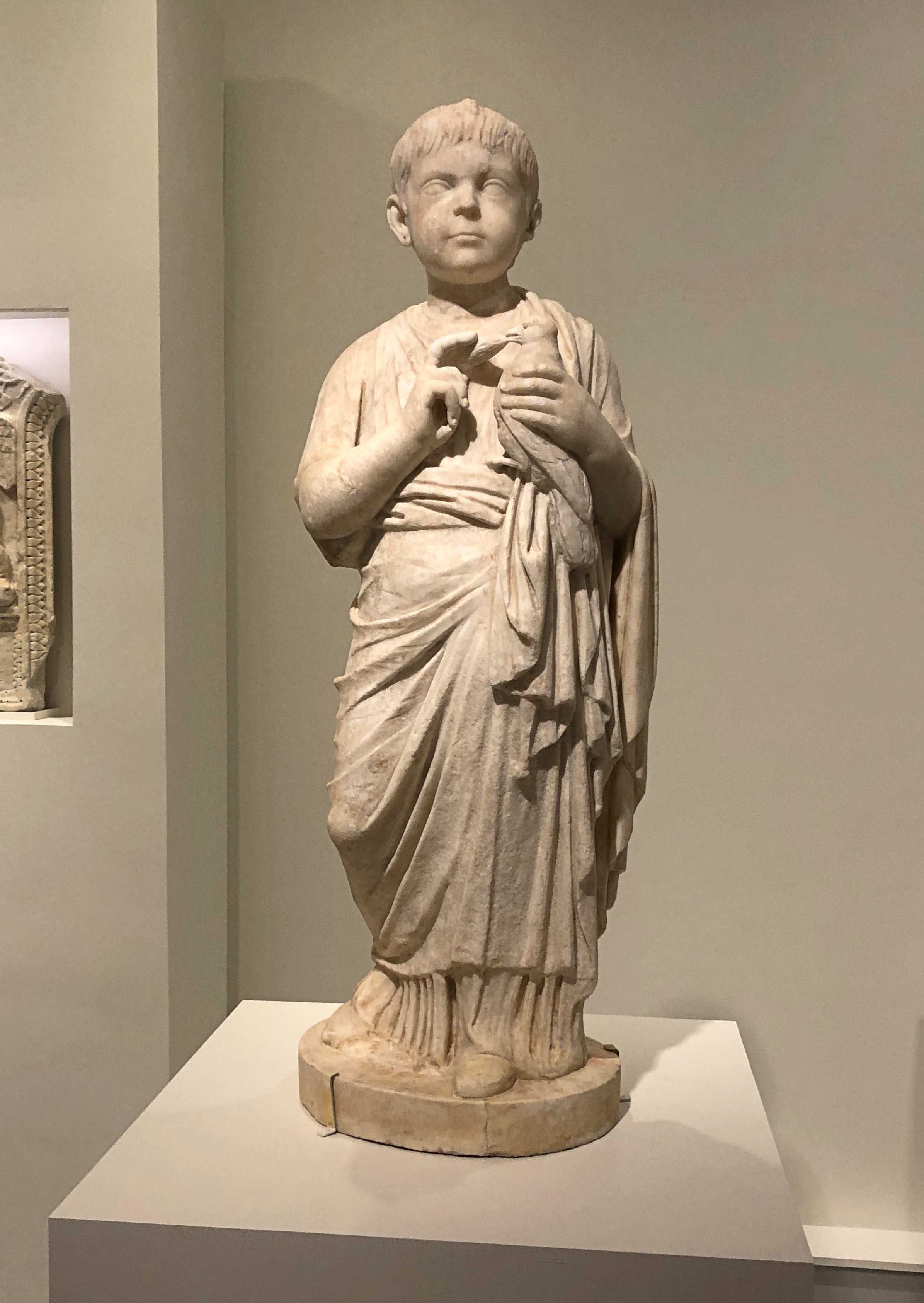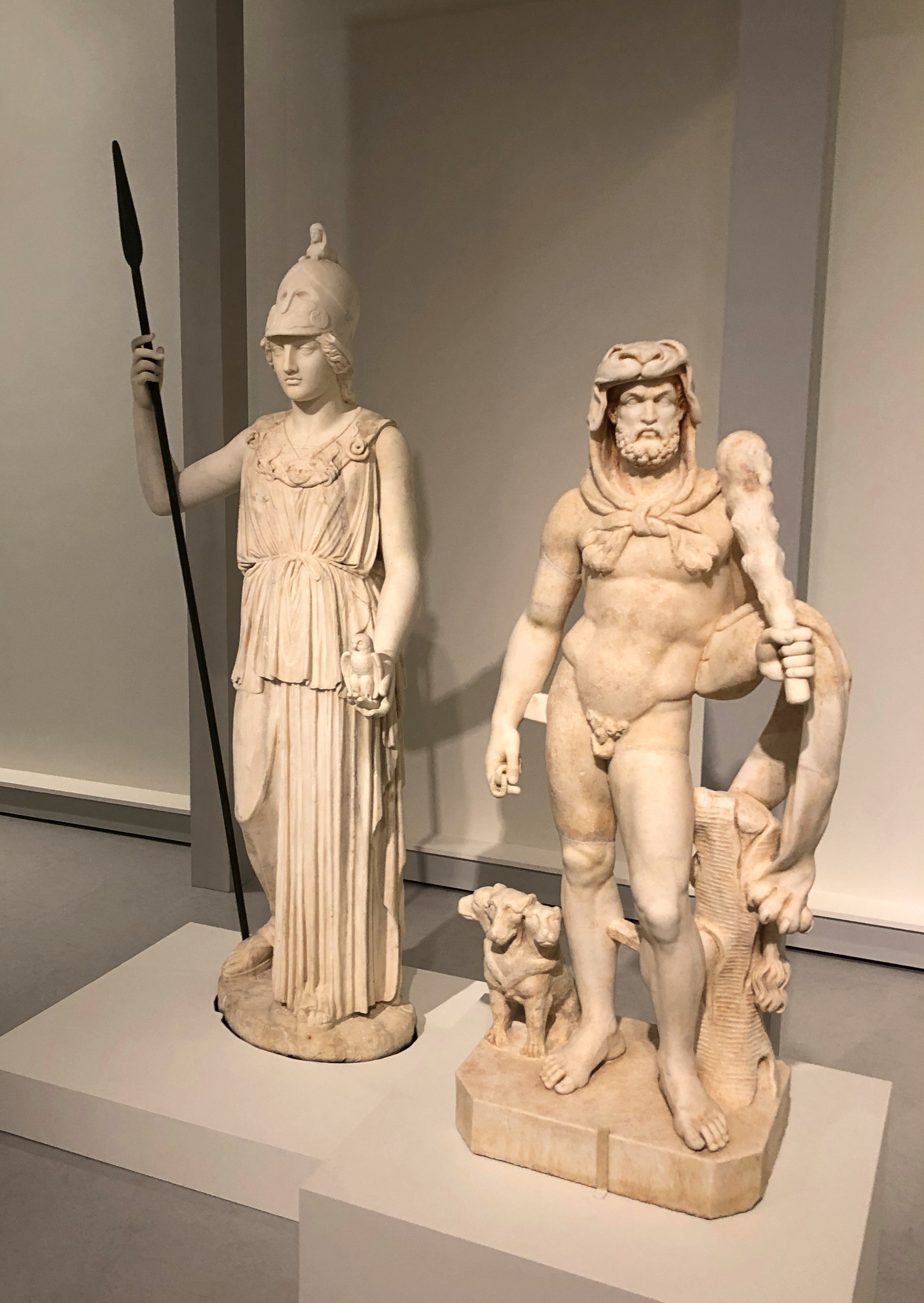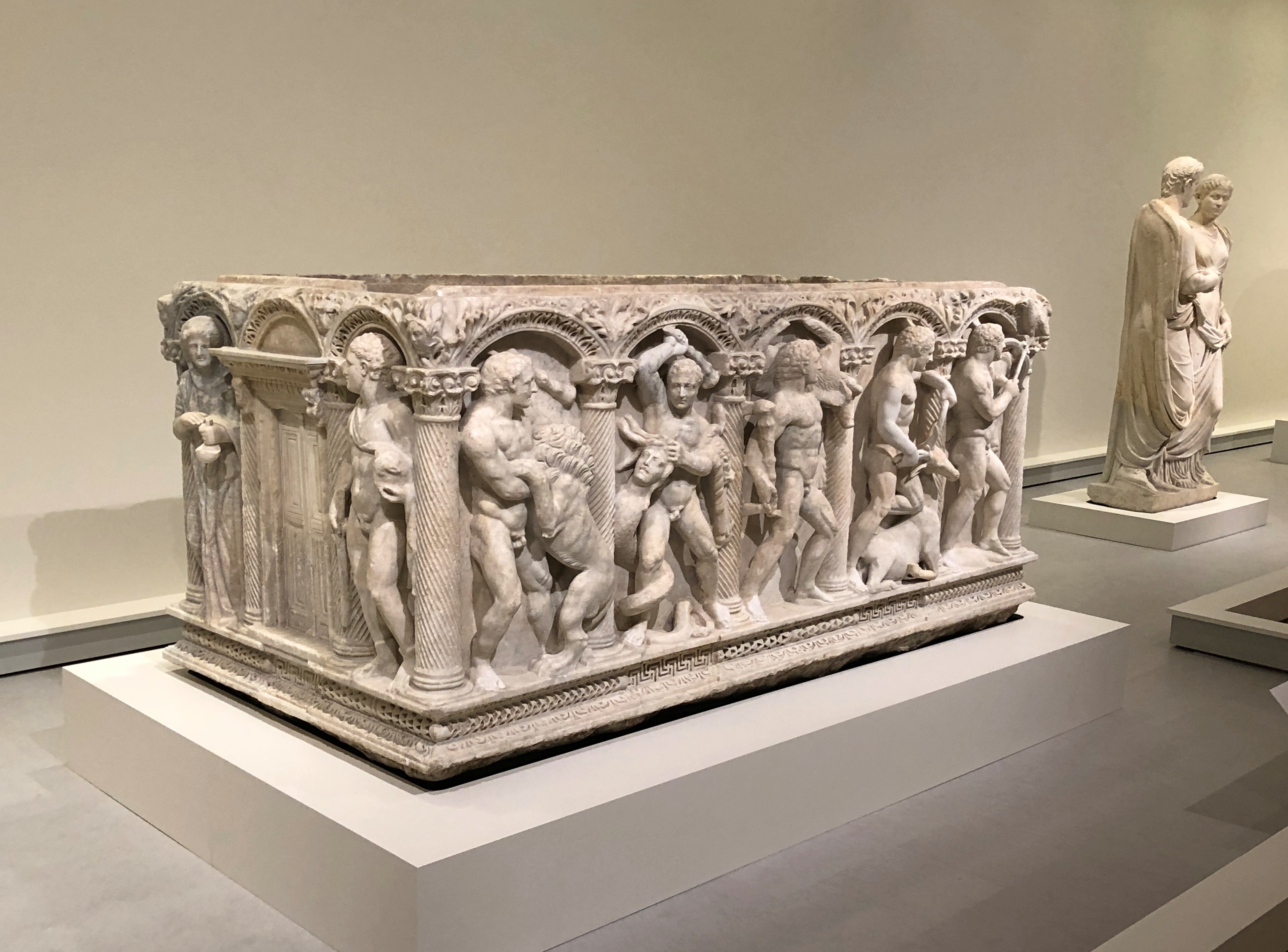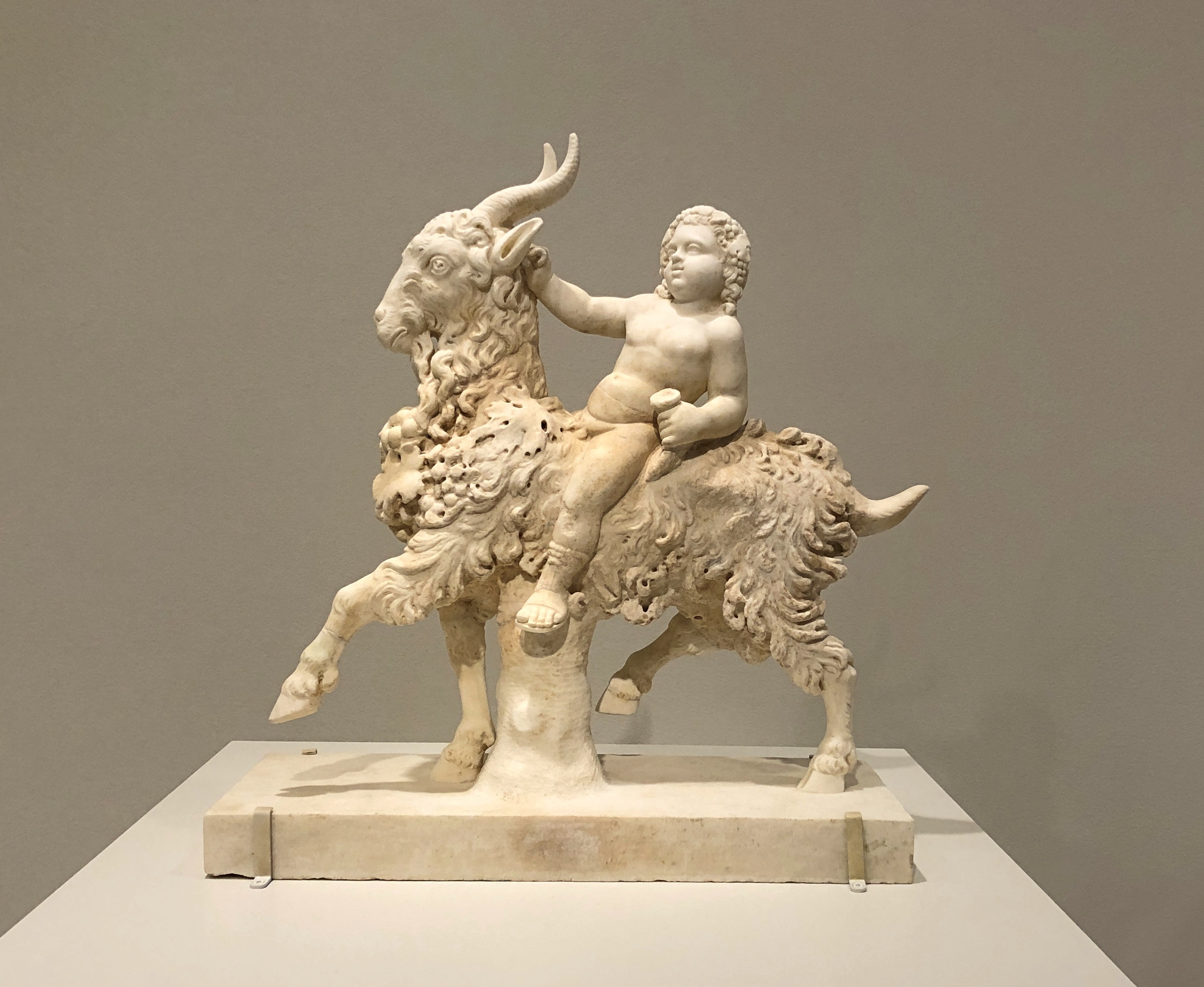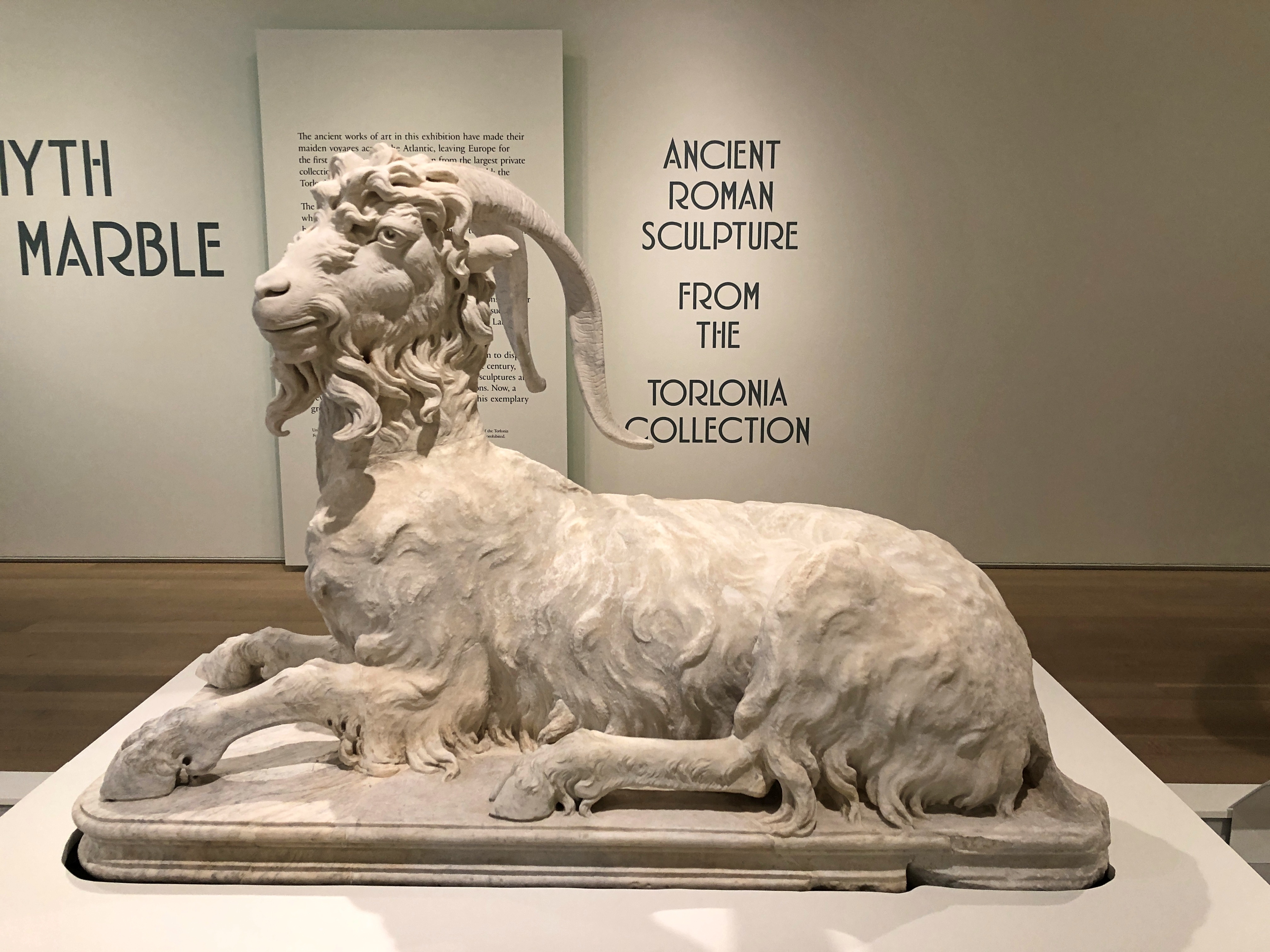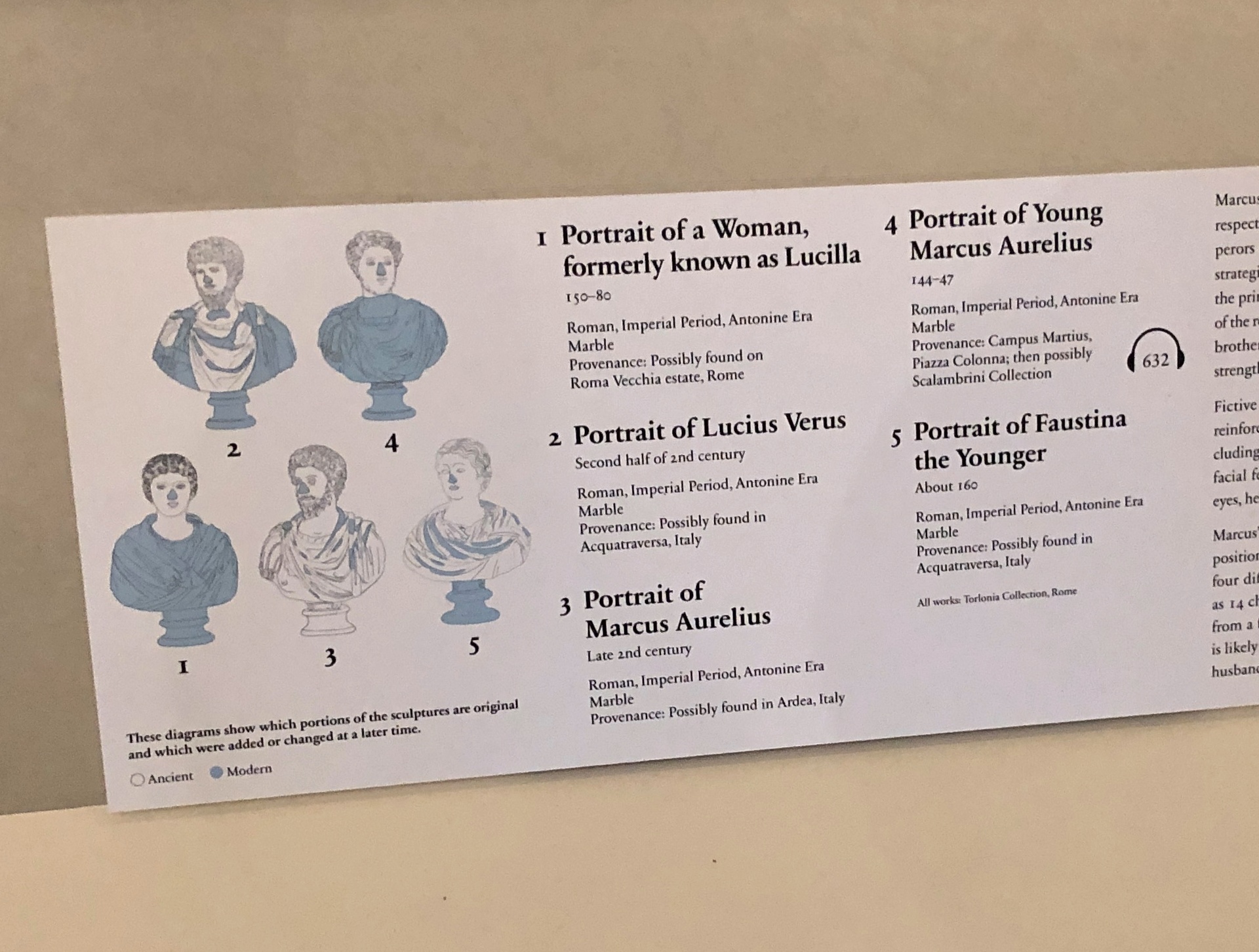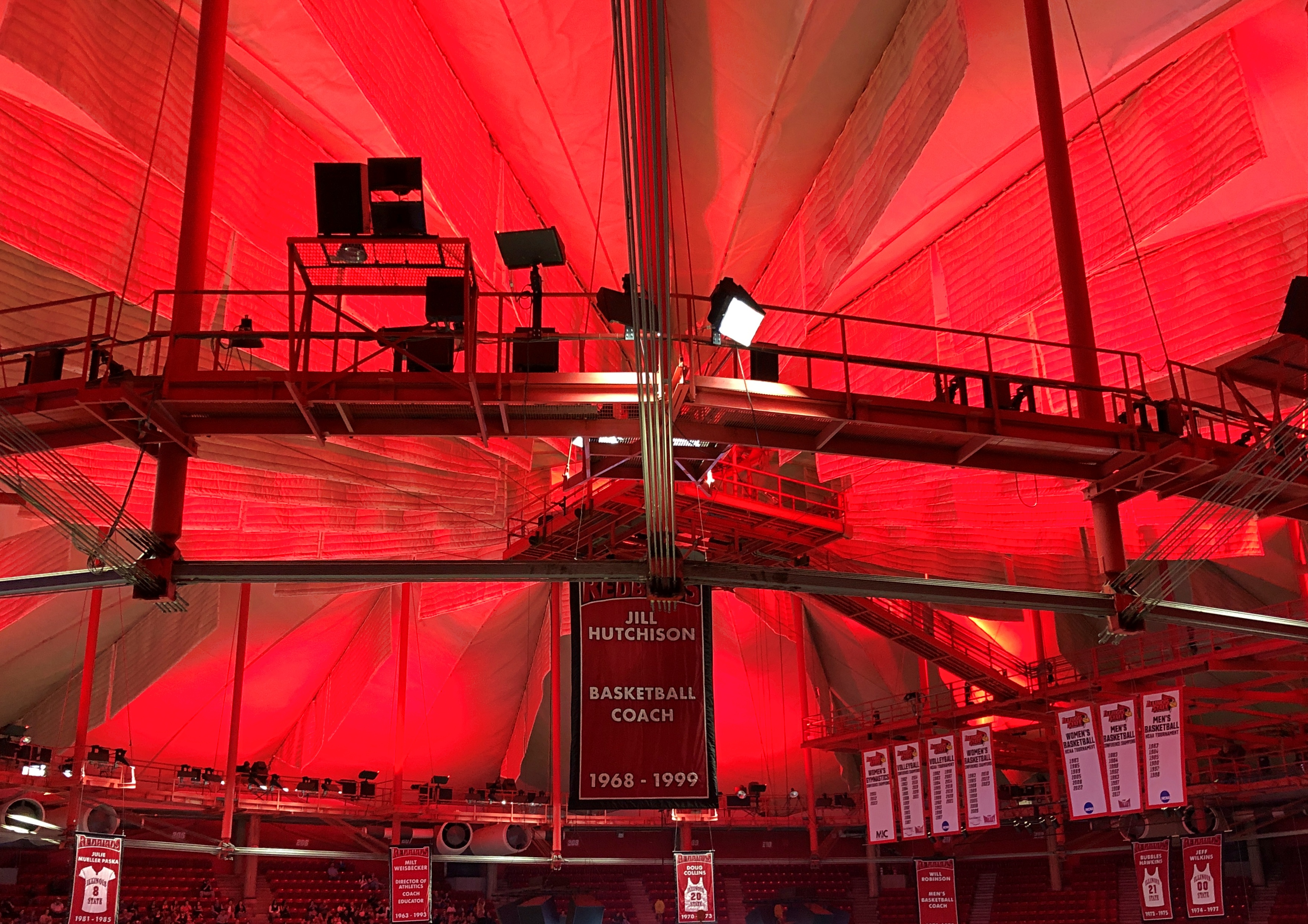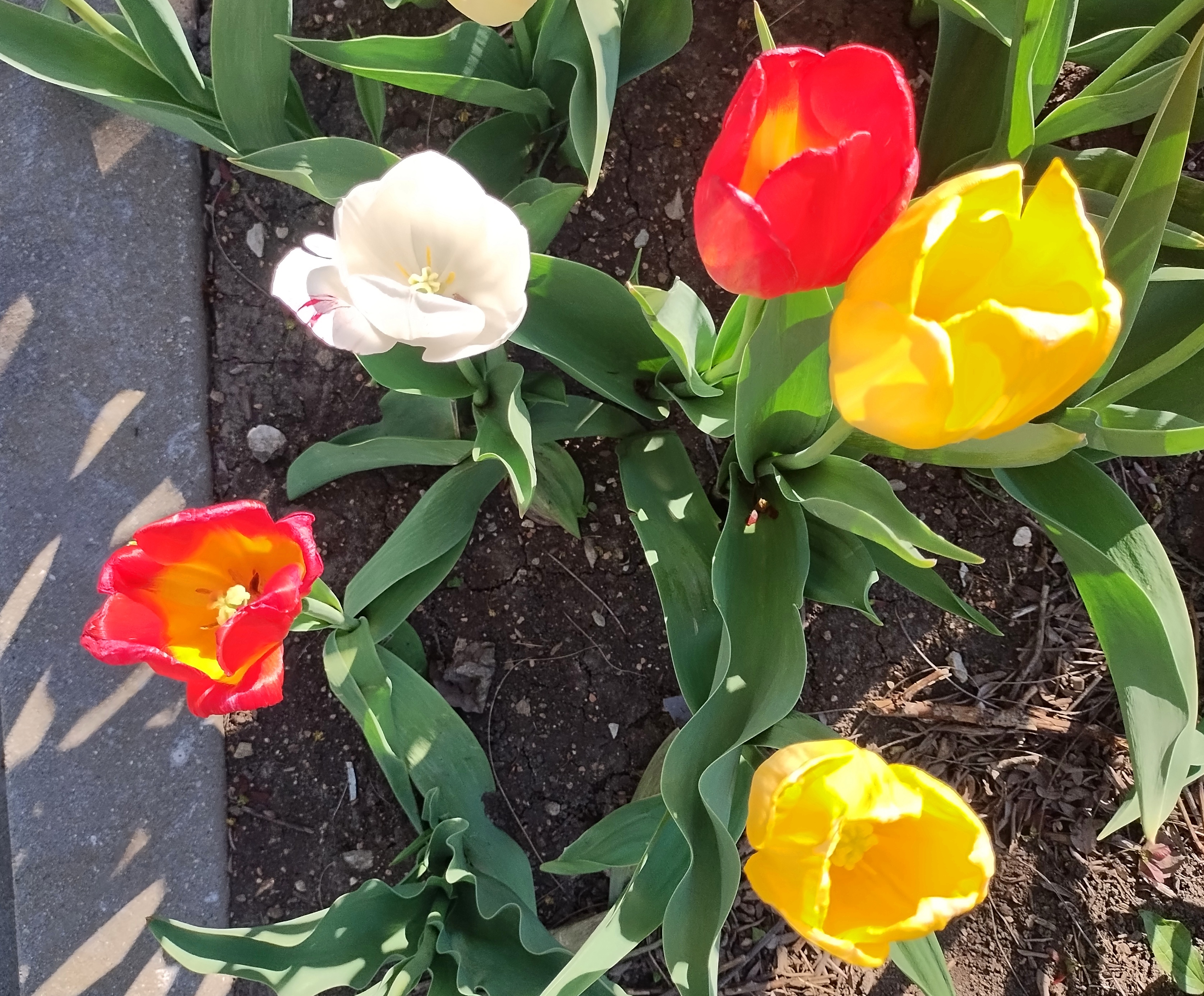Here we are, in a cold May. Cold and today, rainy. Cold in April is one thing, but in May? Not wintertime freezing cold, of course, but nearly refrigerator chilly. Too cold to lounge around on the deck, which is pretty much my definition of atmospheric chill.
The cold came after considerable warmth last week, even a day that felt hot, during which a dust storm blew through northern Illinois. We didn’t feel the brunt of the storm, just a gusty and dusty edge of it. In all the years I’ve been here, I don’t remember any other Chicagoland-spanning dust storms. Odd.
Out of curiosity, I checked temps in Agra and Jaipur today. At about 2 am IST – the middle of the night – it was 90° F. in Agra. Tomorrow: Abundant sunshine. Hazy. High 106° F. Winds light and variable. As for Jaipur, middle of the night temp, 93° F. Tomorrow: Sunny, along with a few afternoon clouds. Hazy. High 112° F. Winds WNW at 10 to 15 mph.
Zounds. Between Agra and Jaipur, on National Highway 21, is the border of Rajasthan and Uttar Pradesh. This is what it looked like, leaving Uttar Pradesh, headed for Jaipur.
Behold, the National Highway system of India. Infrastructure, by the looks of it, that is reaping enormous economic benefits. The roads were renumbered in 2010. News of that didn’t reach my part of North America, or if it did, it was a squib of an item, lost in the news churn. Under the new(ish) numbering scheme in India, east-west highways are numbered odd, while north-south ones are even, the opposite of the U.S. Interstate system. The numbers increase as you go west or south. Again, the opposite.
Imagine the government committee meetings, the endless, hours-long committee meetings, that must have gone into renumbering the roads. Was there a bureaucratic faction that pushed not to be like the Interstate system, as a matter of national pride?
Near the border along NH 21, but still in Uttar Pradesh, is Fatehpur Sikri, which Akbar, the third Mughal emperor, made his capital for a little more than a decade in the 16th century. A short-time capital it might have been, but Akbar didn’t think small when it came to developing Fatehpur Sikri – Mughal potentates never thought small, it seems – and so left behind some World Heritage-class sites (and indeed, it is on the UNESCO list).
When we arrived, temps were nowhere near 100+ F. Maybe 80° F. or so, which I count as pleasant.


Turn up the heat another 20° or so, and those broad stone courtyards wouldn’t be that pleasant for tourists or touts.

The stonemasons, as usual, did wonders with red sandstone.


Unlike any other big-deal historic site we visited in India in February, roving vendors were allowed inside the complex at Fatehpur Sikri. The vendors tend to swarm, especially if you buy anything from anyone at any moment – as I did, a necklace for Yuriko. I might as well have painted a DayGlo rupee symbol (₹) on my back.
Never mind, Fatehpur Sikri was up to high Mughal standards: a splendor. In one courtyard, an array of Mughal tombs caught my attention, marking resting places on a less grand scale than the likes of the Taj or the Baby Taj.

Royalty gets royal treatment after death, but so many other people were involved in running a court, and they deserved dignified entombments, too. Such as, for example, the overseer of the royal flyswatters. (Servant jobs were very specific in those days.)
I hope our guide for a couple of hours at Fatehpur Sikri got a cut, one way or another, of what we paid to hire the car and driver, on top of the tip we gave him directly. He told us a good many interesting things about the town and its history, but nothing quite as interesting as how an uptick in tourism — mostly domestic tourists, I bet — had allowed him enough money to buy a motorcycle a few years earlier. “Changed our lives completely,” was how he put the impact on his family.
His brother had a souvenir stall near the historic sites, and a clubfoot. We drank tea with them, and in lieu of buying something, I gave him a tip as well. Could be he’s saving for a motorcycle, too, or needs gas money if he’s got one already.
